A professional librarian and historian since 1966, Myron J. “Jack” Smith, Jr., has been Professor of Library Science and History and Library Director at Tusculum College in Greeneville, Tennessee, since 1990. Prior to Tusculum, he held a fifteen-year tenure as Library Director, Professor of Library Science and History, and Associate Director, sometimes Director, of Aviation at Salem College (now Salem-International University) in West Virginia.
Prof. Smith is also a producer of histories and information resources on subjects ranging in topic from airlines to Watergate and from baseball to World War II. The author of seventy volumes of bibliography and history, he has been the recipient of a variety of honors and awards for his work. In 1993, he received the Nelson Ross Award from the Professional Football Writers Association and twenty-one years later, Smith remains the only American to have received the Richard Franck Preis for historical bibliography from the German government.
The author and his wife Dennie reside north of Greeneville on a small farm with a dog and six cats.
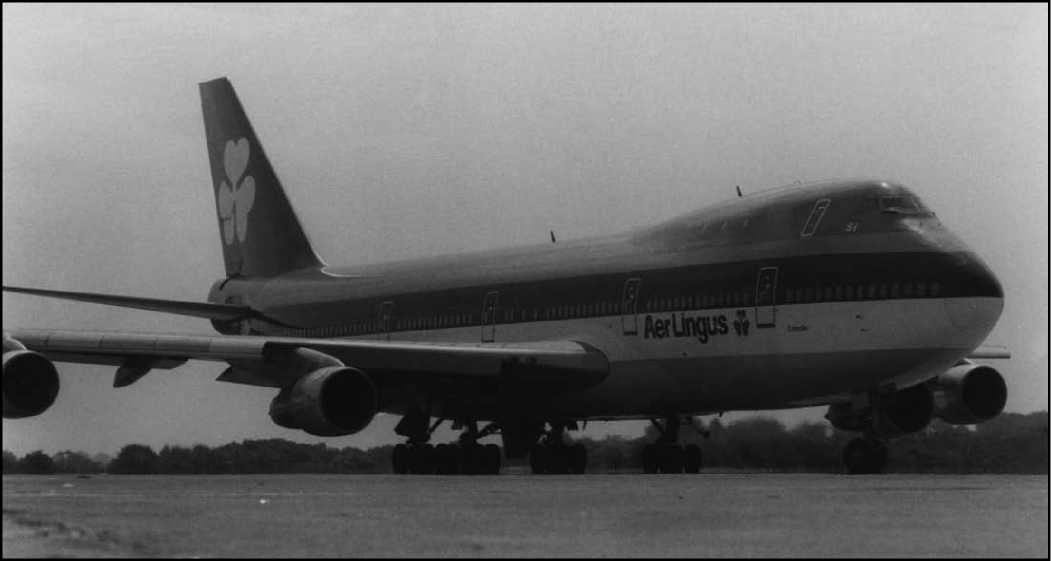
Delivered on March 18, 1971, the St. Colmcille was the second Boeing 747-148 of Aer Lingus Irish Ald Ines, Ltd. Aer Lingus photo 12349. Courtesy Aer Lingus Irish Airlines, Ltd.
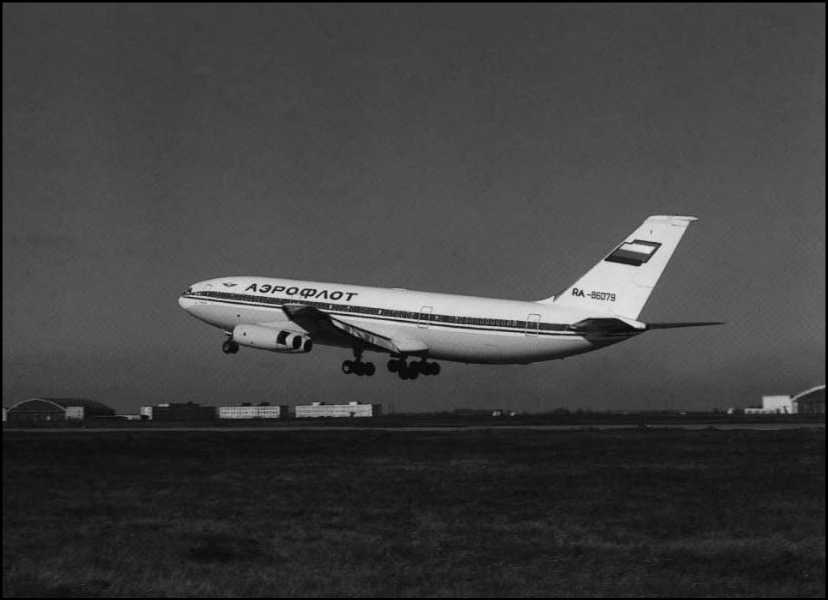
The Ilyushin Il-86 is a mainstay of the Aeroflot Russian International Airlines (ARIA) fleet. Courtesy ARIA.
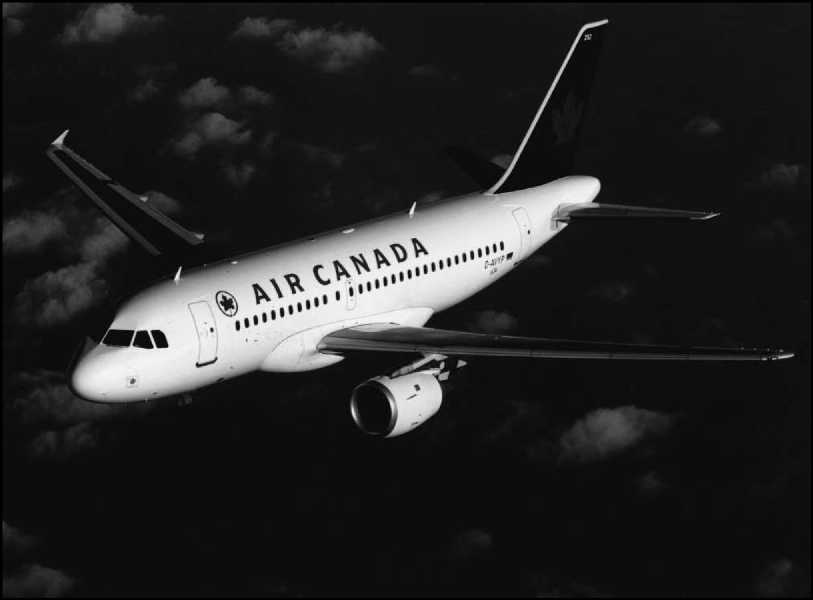
Air Canada placed its first Airbus Industrie A319-114 into service on January 1, 1997, over its routes from Toronto to New York (LGA) and Boston. A319ACA. Courtesy Airbus Industrie, via British Aerospace.
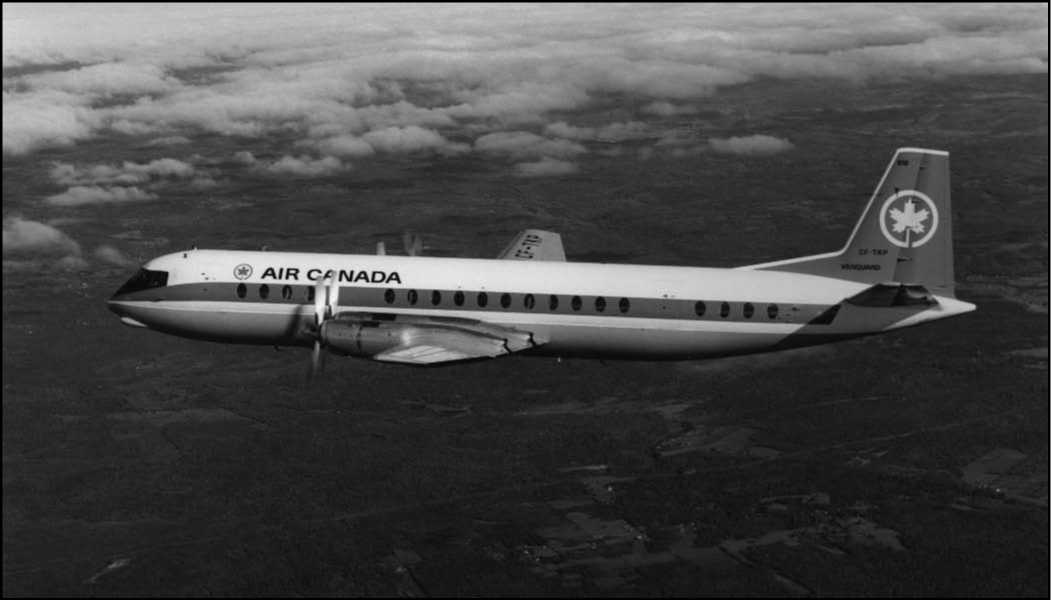
Air Canada operated a fleet of Vickers Vanguard 952s between 1961 and 1972. Courtesy Air Canada.
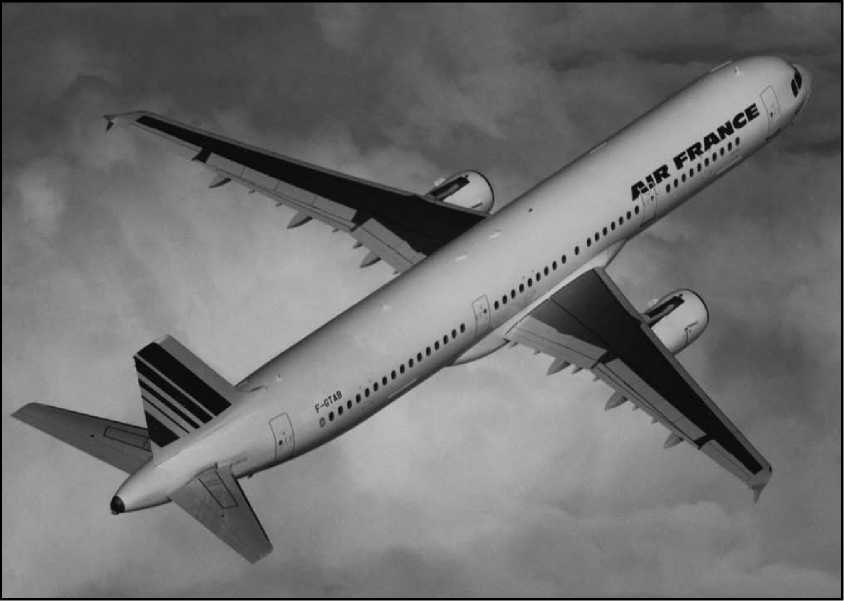
This 185-seat Airbus Industrie A321-111 has served both Air France and its former subsidiary, Air Inter. A32 IAFR. Courtesy Airbus Industrie, via British Aerospace.
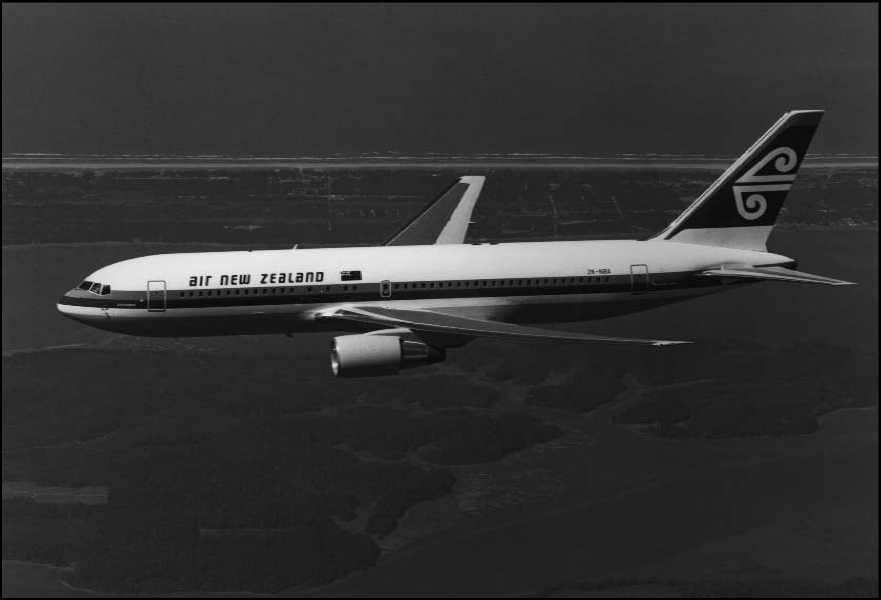
Christened Aotearoa, Air New Zealand's first B-767-28QER was employed on the trans-Tasman Sea route from Christchurch to Hobart, beginning in October 1985. Courtesy Air New Zealand, Ltd.
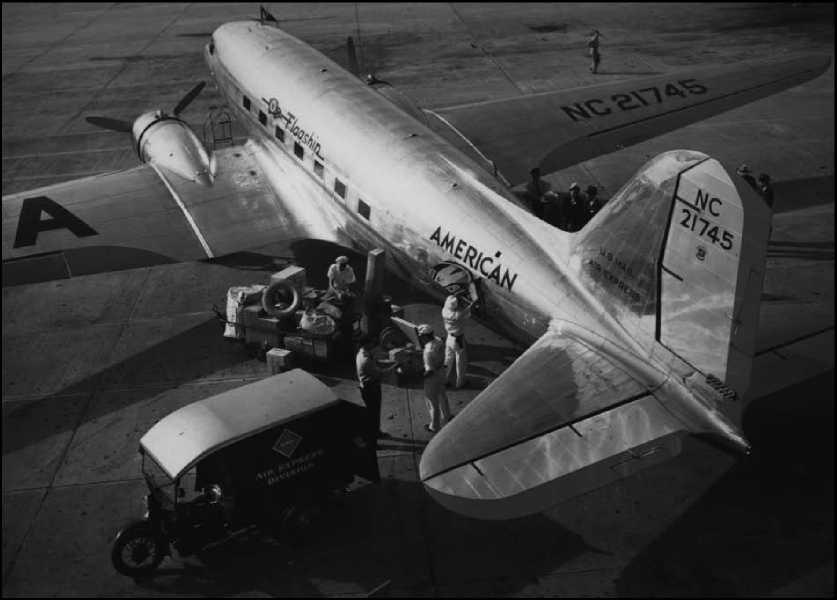
The famous Harry Gann photo of an American Airlines DC-3. McDonnell Douglas HG84056C.
Courtesy McDonnell Douglas Corporation.
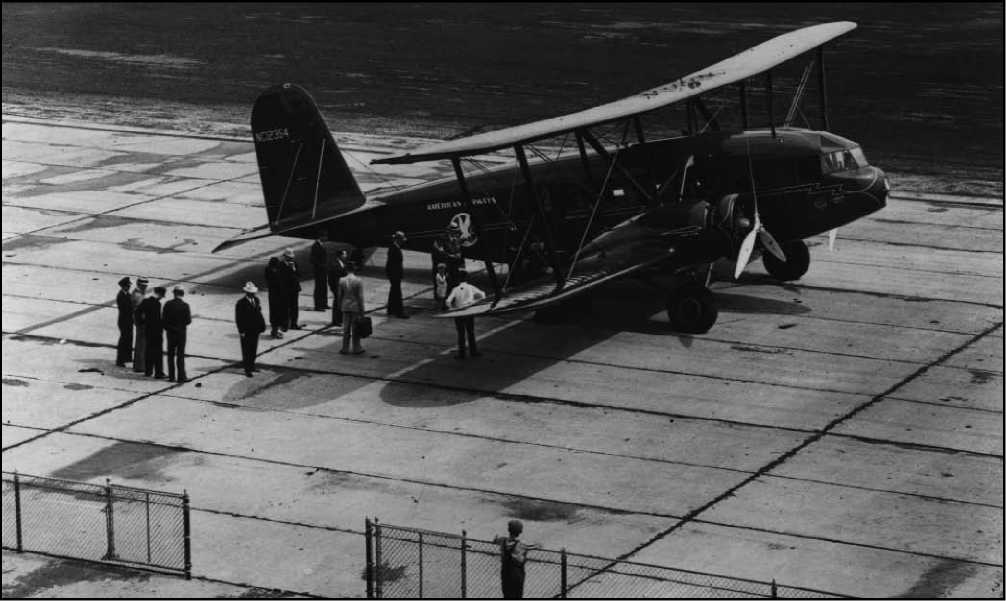
One of American's first sleeper T-32s, NC 12354, was destroyed in a fatal crash near Liberty, New York, in 1934.
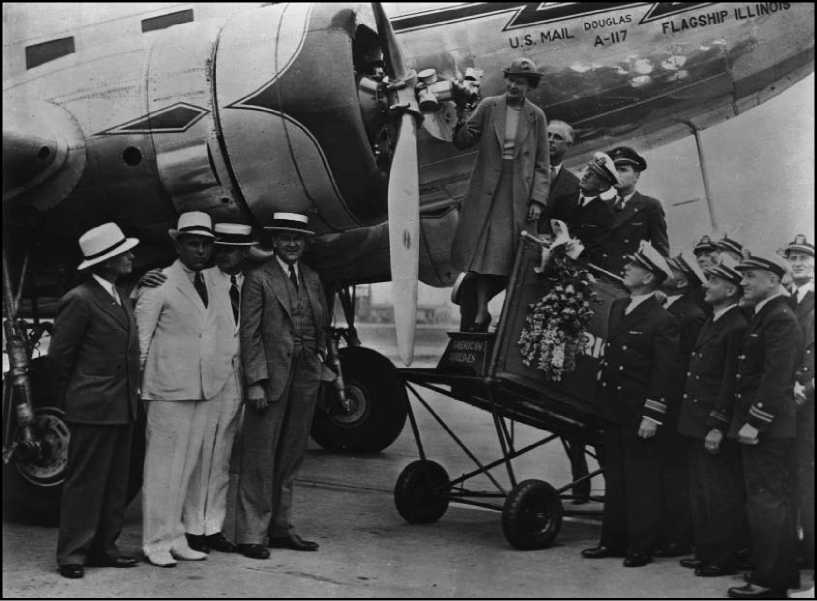
C. R. Smith (at far right of group of men to left of plane) and other dignitaries, as well as the flight crew, prepare to send off the Flagship Illinois, the first dayplane DC-3. Introduced as the Douglas Sleeper Transport (DST), the fast, roomy airliner became known as "the plane that changed the world." Courtesy American Airlines.
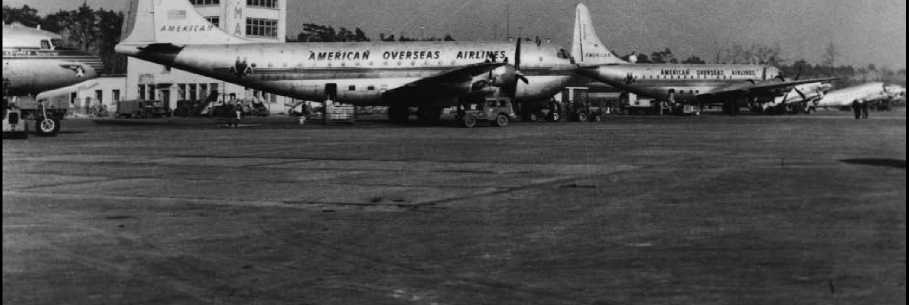
Two American Overseas Airlines Boeing 377s at West Germany's Rhein-Main Airport ca. 1949. The Stratocruiser, employing the wings, engines, landing gear, and tail unit of the B-29 bomber, was the ultimate in airliner luxury in its day, but is now remembered primarily for its lower deck cocktail bar.
Courtesy American Overseas Airlines.
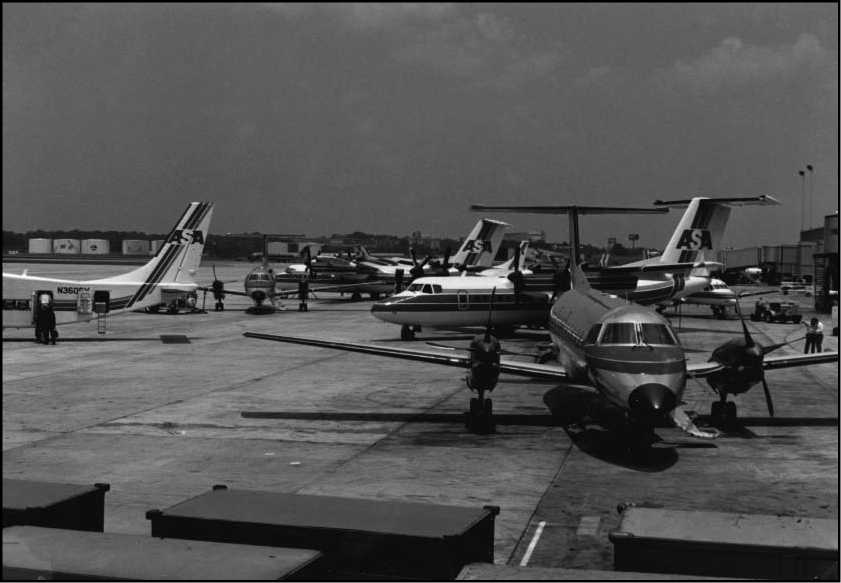
Commuter birds of Atlantic Southeast Airlines nestled on the company's Atlanta ramp in July 1986. Courtesy Walter C. White.
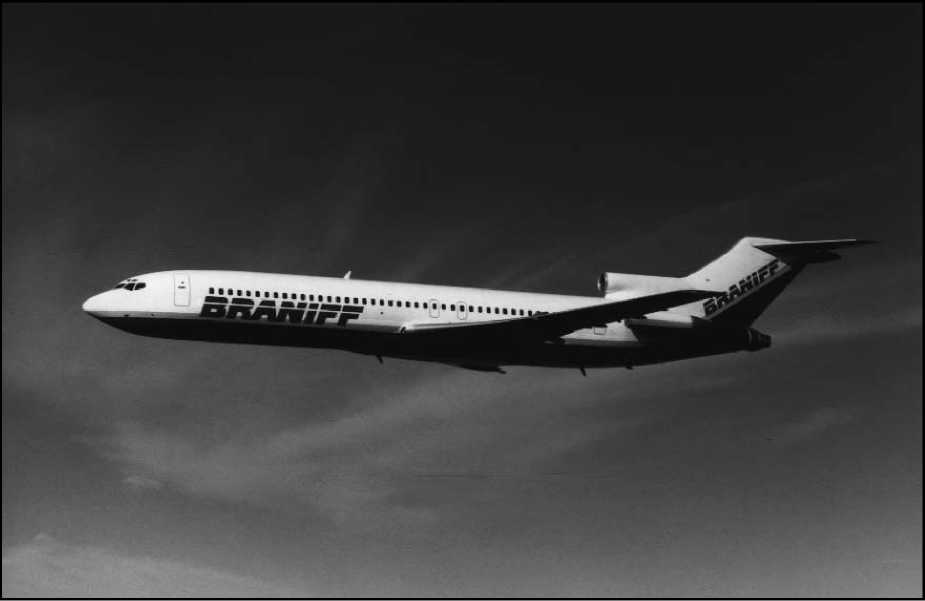
Some twenty-one months after the bankruptcy of Braniff International Airways, a revitalized Braniff, Inc., was launched on March 1, 1984, operating a fleet of Boeing 727-227As, one of which is shown here. The second Braniff was liquidated on April 28, 1990. Courtesy Braniff, Inc.
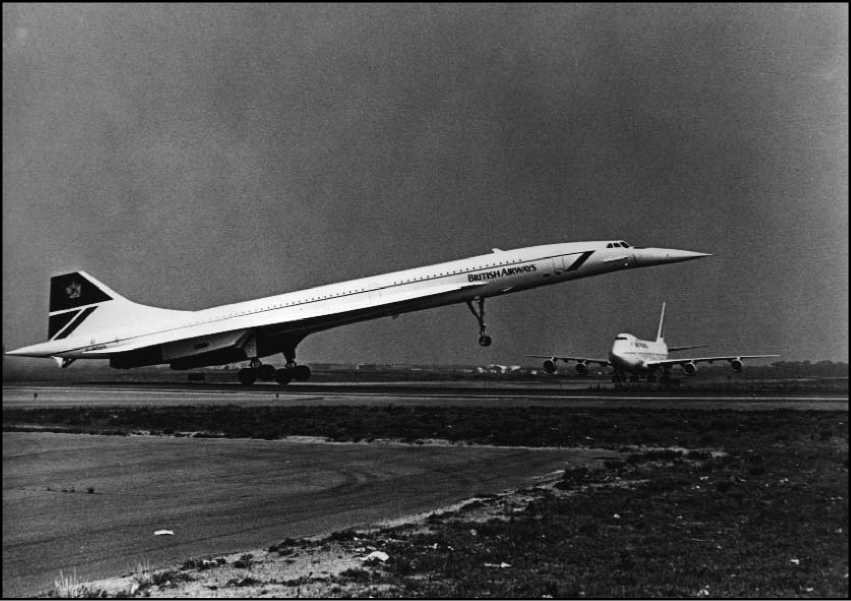
A British Airways Concorde takes off as an Air France Boeing 747 Jumbojet taxis. The French major is the only other operator of this SST. Courtesy British Aerospace.
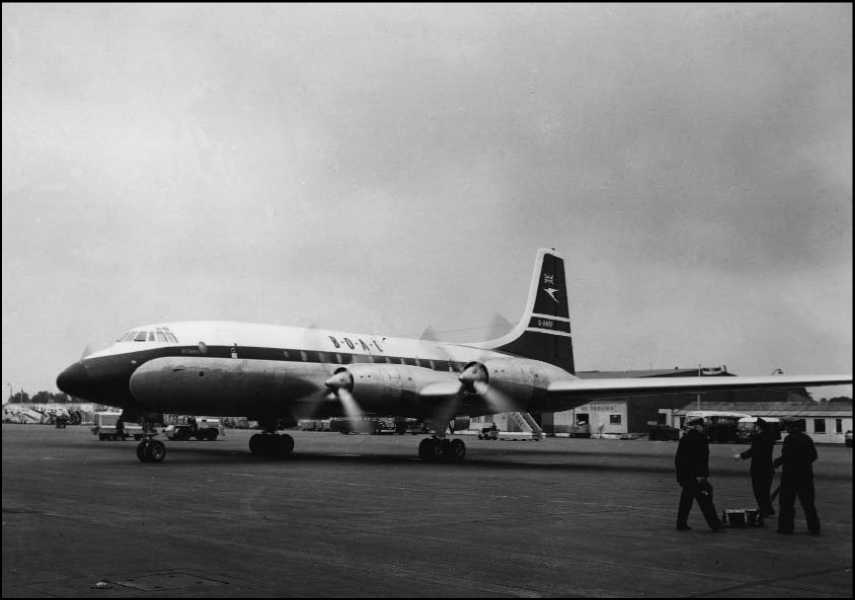
A British Overseas Airways Corporation (BOAC) Bristol Britannia. Courtesy British Aerospace.
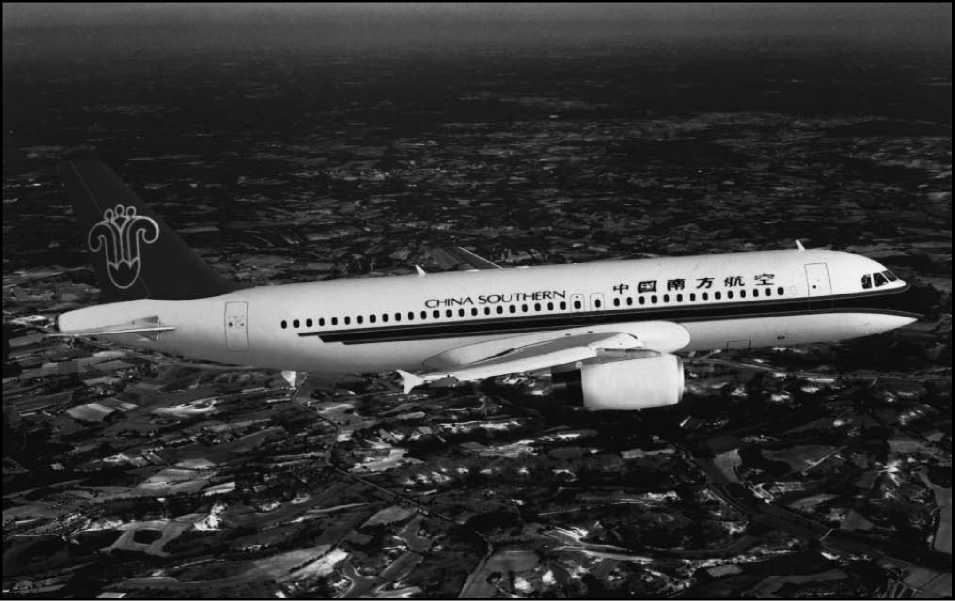
China Southern took delivery of its first Airbus A320-200 at Baiyun International Airport in Guangzhou, on June 24, 1997. The premier aircraft was placed on routes from Guangzhou to Chengdu, the capital of southwest China's Sichuan Province, and to Xi'an, the capital of northwest China's Shaanxi Province. A320CSN. Courtesy Airbus Industrie, via British Aerospace.
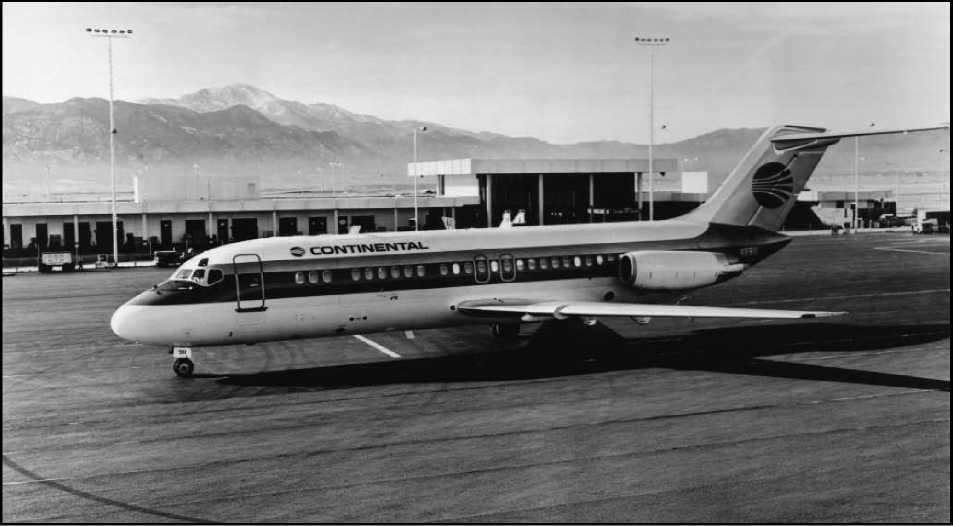
One of the first carriers to order the type, Continental Airlines began Douglas DC-9-10 service in 1966. Courtesy Continental Airlines.
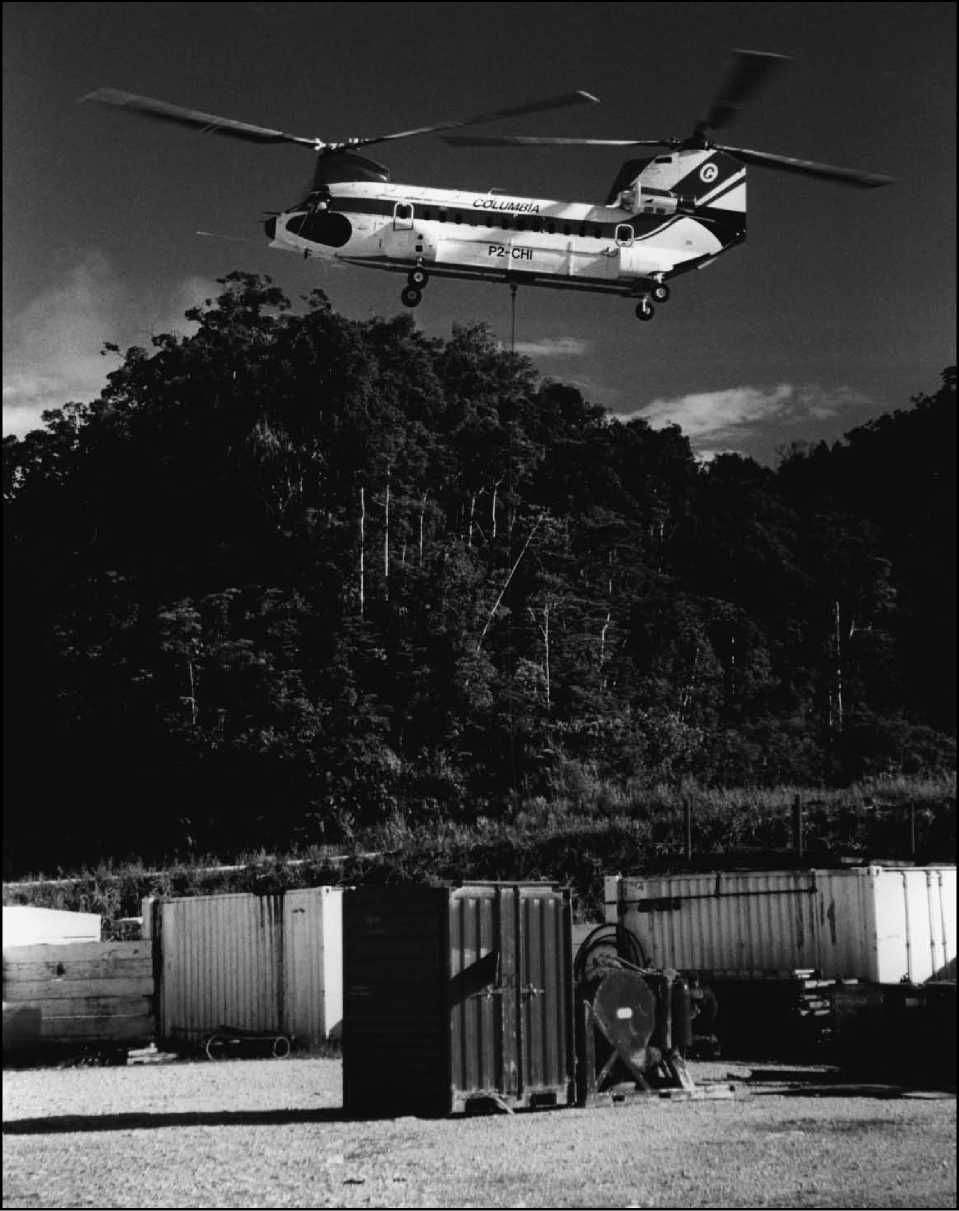
Columbia Helicopters operates all of the world's Boeing 234 Civil Chinooks. Courtesy Columbia Helicopters.
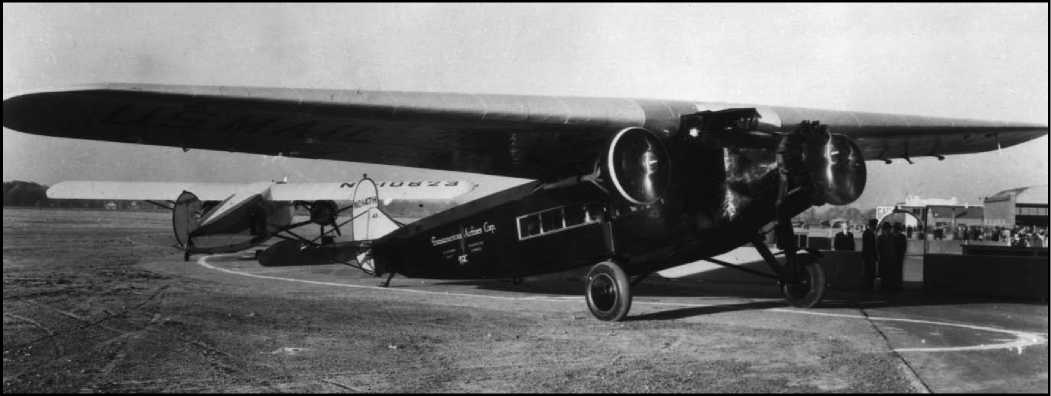
Fokker and Stinson Trimotors in Ohio. A Fokker F-10A of Trans-America Airlines Corp. at Columbus Airport, ca. early 1931, with a Stinson SM-6000B of Pennsylvania Air Lines in the background. The crash of a wooden-winged TWA F-10 in 1931, resulting in the death of coach Knute Rockne, resulted in the first airliner grounding ordered by the U. S. government and the demise of Fokker manufacturing in America until the 1960s. Only 55 of the little-remembered Stinson SM-6000s were built, with the first entering service with the Ludington Line on September 1, 1930. Courtesy of American Airlines.
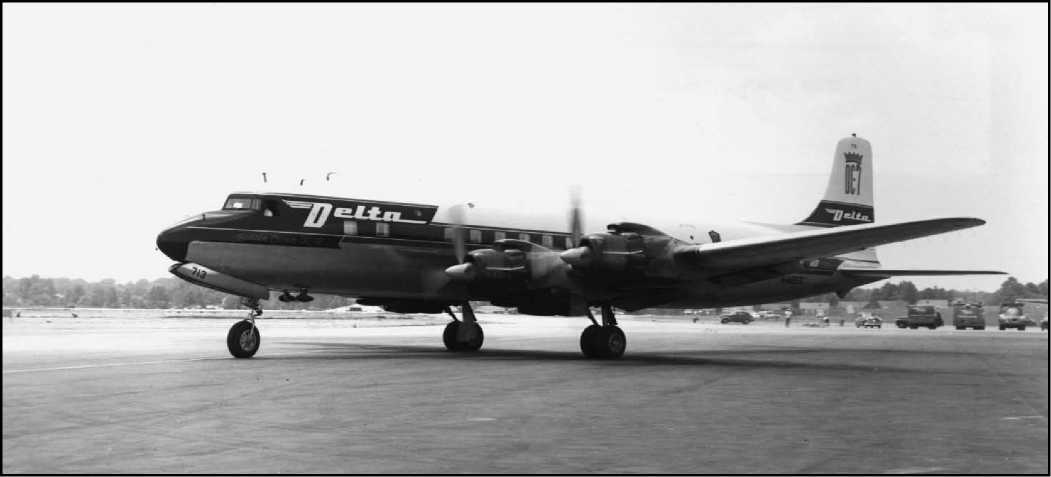
Delta Air Lines placed its first Douglas DC-7 into service between Miami and Chicago on April 1, 1954. 570706/8557. Courtesy Delta Air Lines.
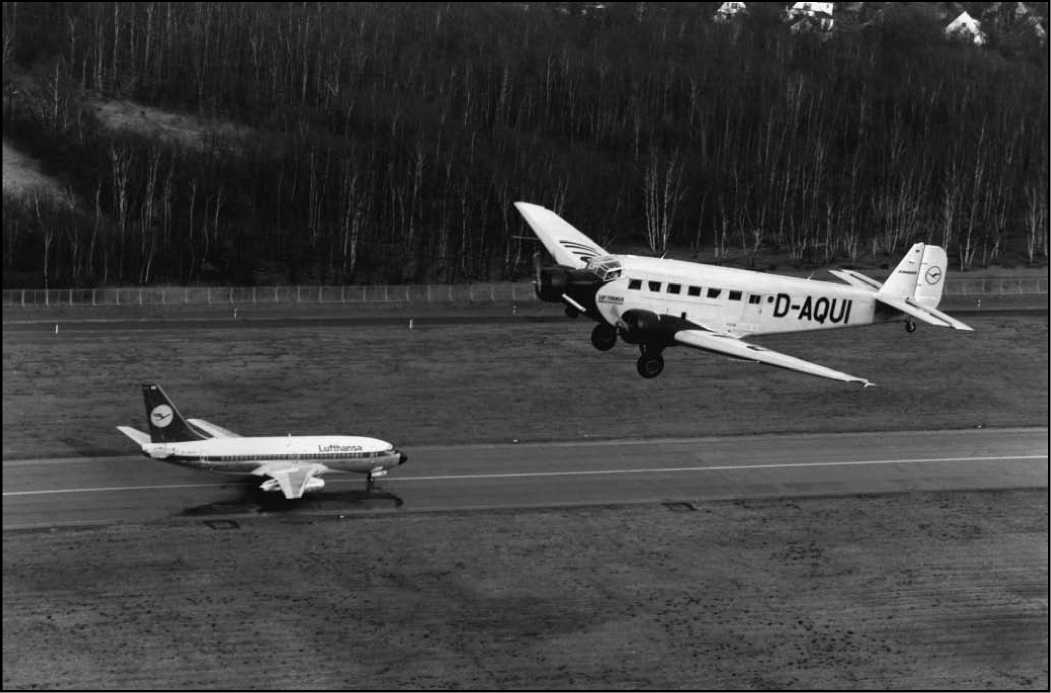
Acquired in the U. S. for the re-enactment of historical flights in Germany, this Junkers Ju-52/3m, wearing the livery of the original Deutsche Lufthansa, is seen passing over a modern Boeing 737-230 in 1986. CH310-6-21. Courtesy Deutsche Lufthansa, A. G.
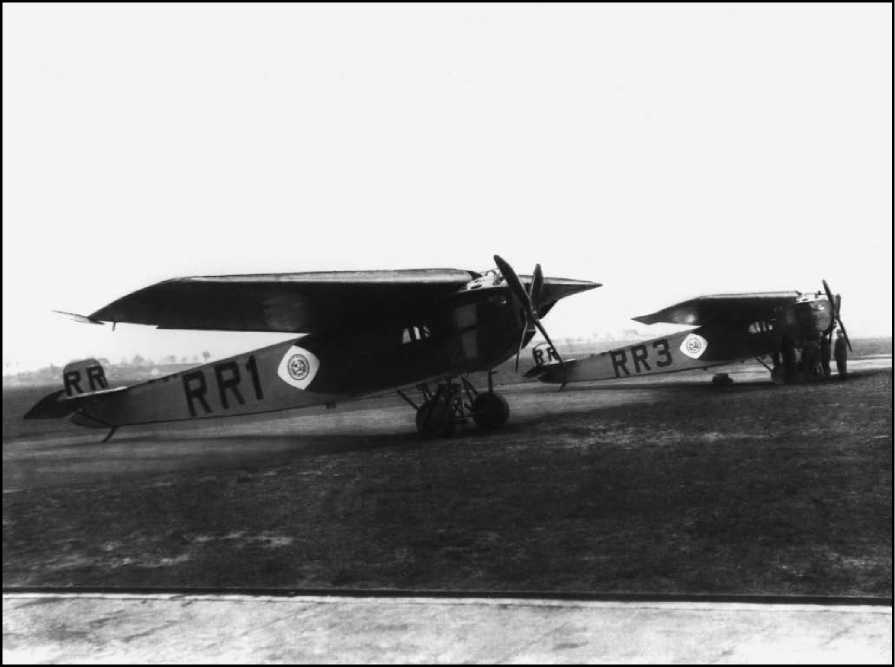
The joint airline Deruluft, founded in 1921, was the most visible sign of Inter-War Russo-German co-operation. On April 30, 1922, the Fokker FIII RR-1 was the first company aircraft to land at Moscow's Chodynka airport. The RR-3 arrived the next day. DLH 6011-1-13. Courtesy Deutsche Lufthansa, A. G.
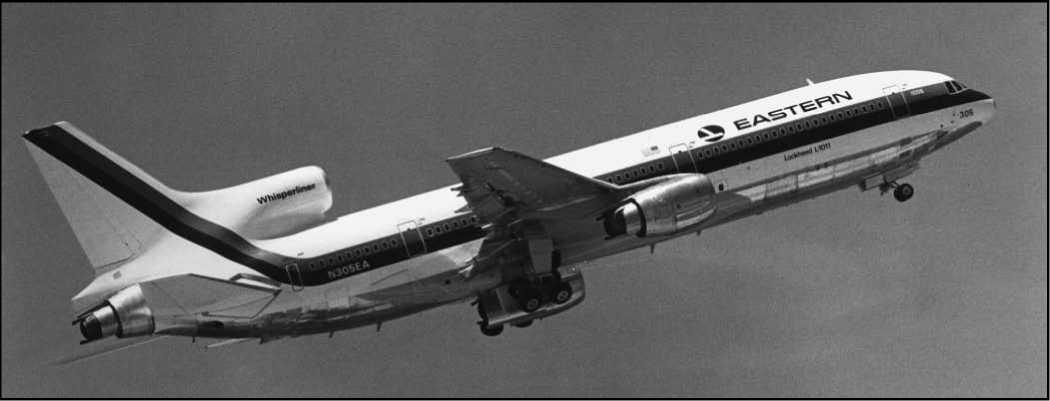
As launch customer, Eastern Air Lines started Lockheed L-1011 TriStar 1 service on April 26, 1972. Courtesy Eastern Airlines, via James P. Woolsey.
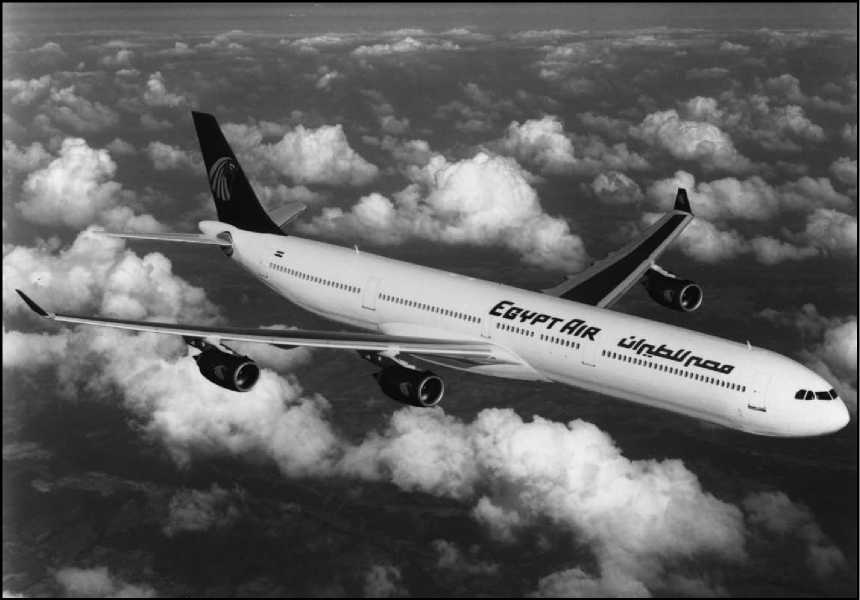
During the third week of November 1997, EgyptAir became one of four launch customers for the new A340-622R, placing an order for two. Courtesy Airbus Industrie, via British Aerospace.
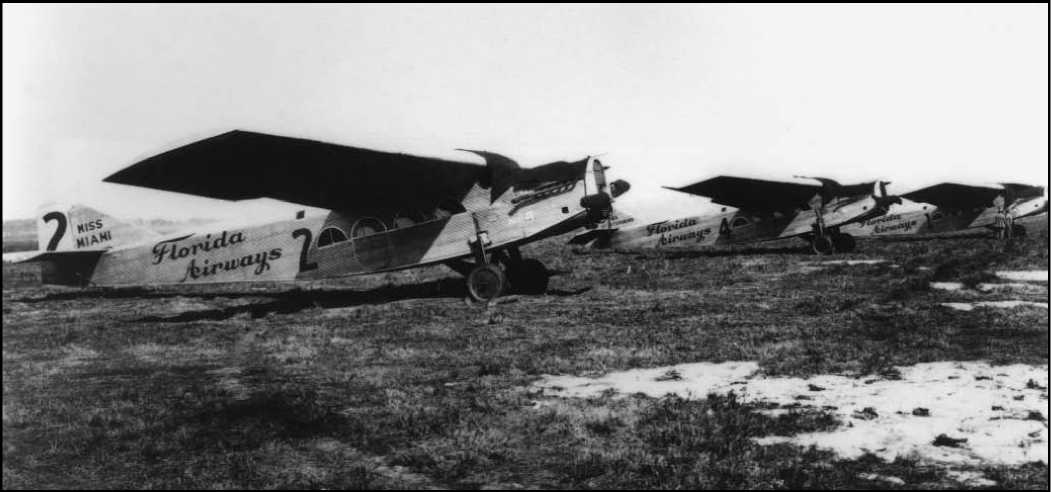
Florida Airways launched passenger service with these three Stout 2-ATs (the closest named Miss Miami, the one in the center Miss St. Petersburg, and the farthest unknown) on June 1, 1926; the pioneer airline was, however, soon thereafter forced to discontinue service when two of the three aircraft were lost. SI A46893J. Courtesy Smithsonian Institution.
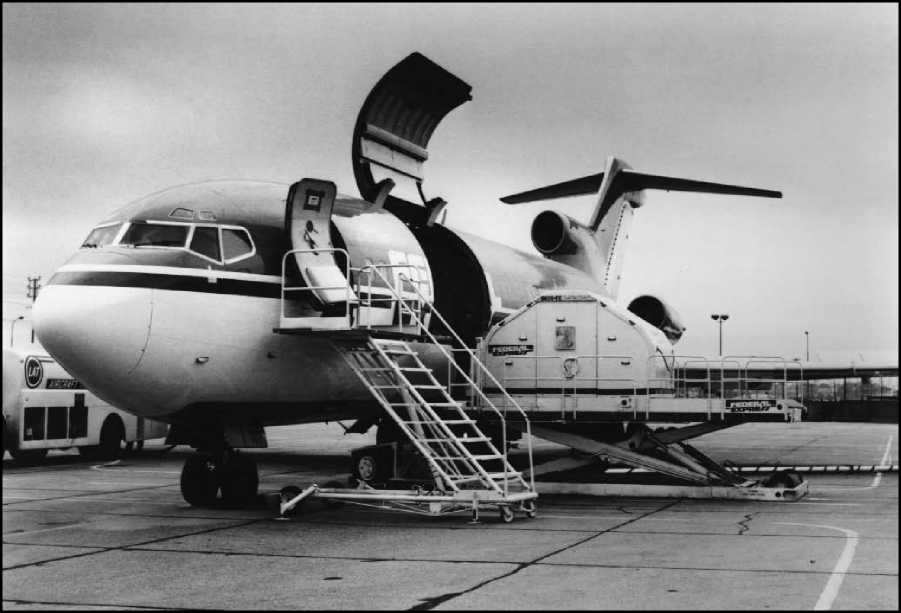
A Federal Express Boeing 727F is readied for a shipment. Courtesy Federal Express.
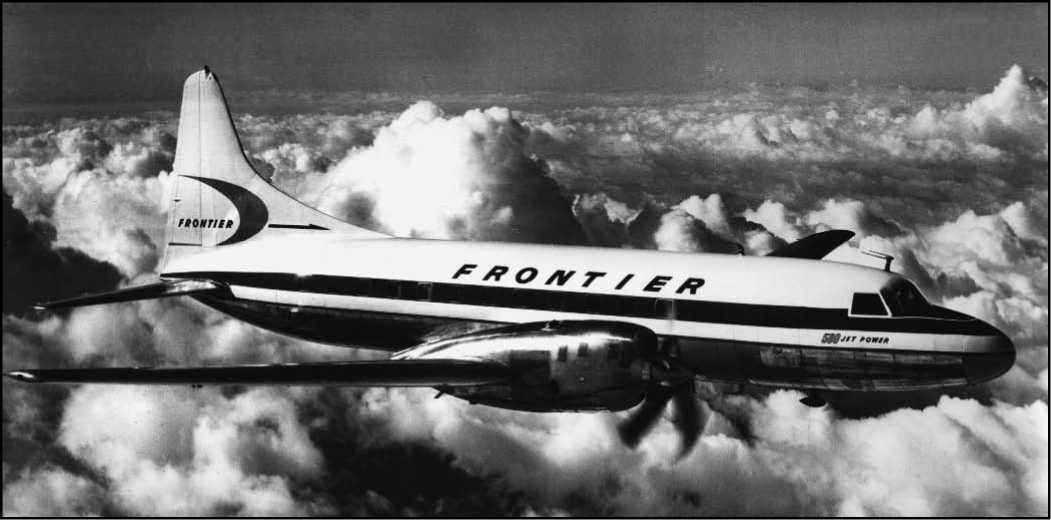
On June 1, 1964, Frontier Airlines became the first U. S. operator to place a Convair 580 into service. Courtesy General Dynamics Corporation, Convair Division.
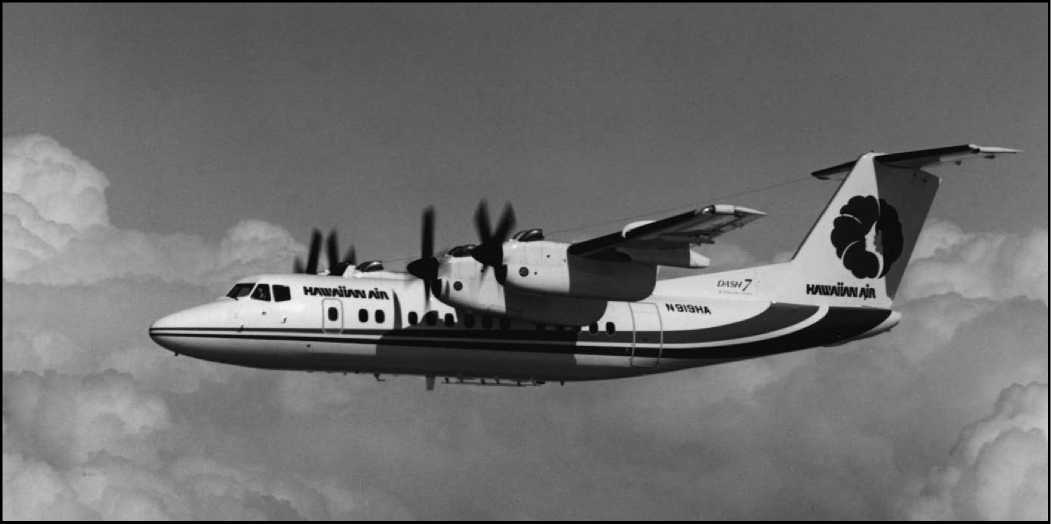
Easily recognizable by its high wing and “T" tail, the de Havilland Canada DHC-7 (Dash 7) was first introduced in 1975. Pictured here is a model in operation with Hawaiian Airlines. Photo 50015. Courtesy Ron Nunney, De Havilland Aircraft photographic dept.
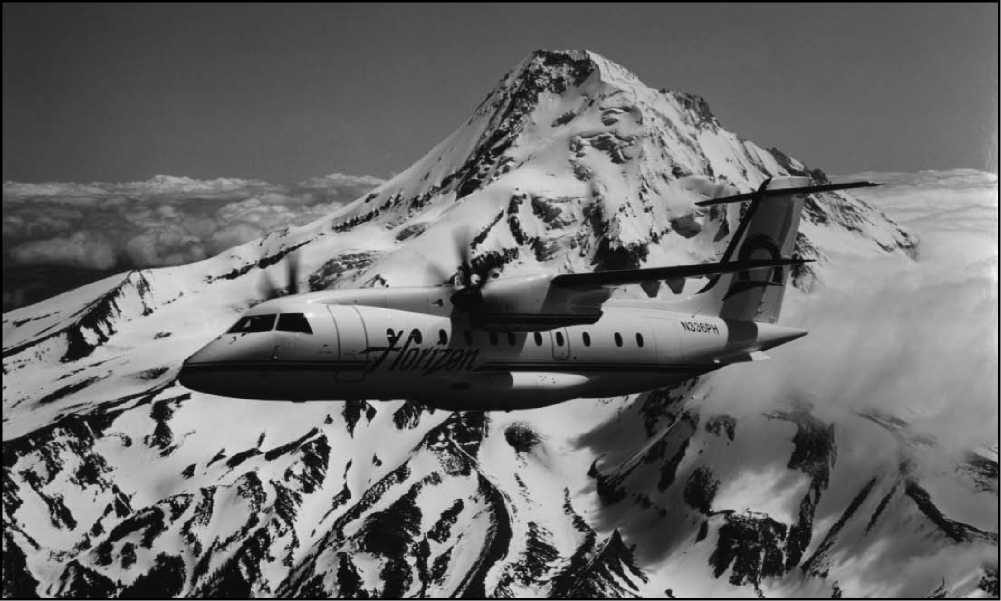
Horizon Air's premier Dornier 328-110 was handed over on November 12, 1993, in ceremonies at the builder's Oberpfaffenhofen facility. Courtesy Fairchild-Dornier.
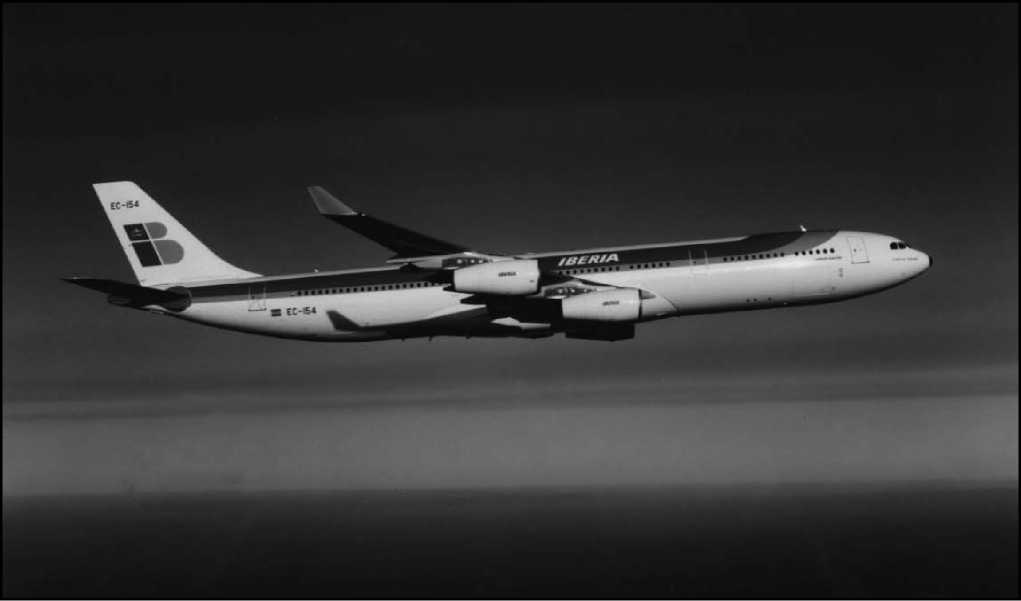
Iberia placed its first Airbus Industrie A340-313s into service on the Madrid-New York route during the fall of 1996. A340IBEE23/30/38/46. Courtesy Airbus Industrie, via British Aerospace.
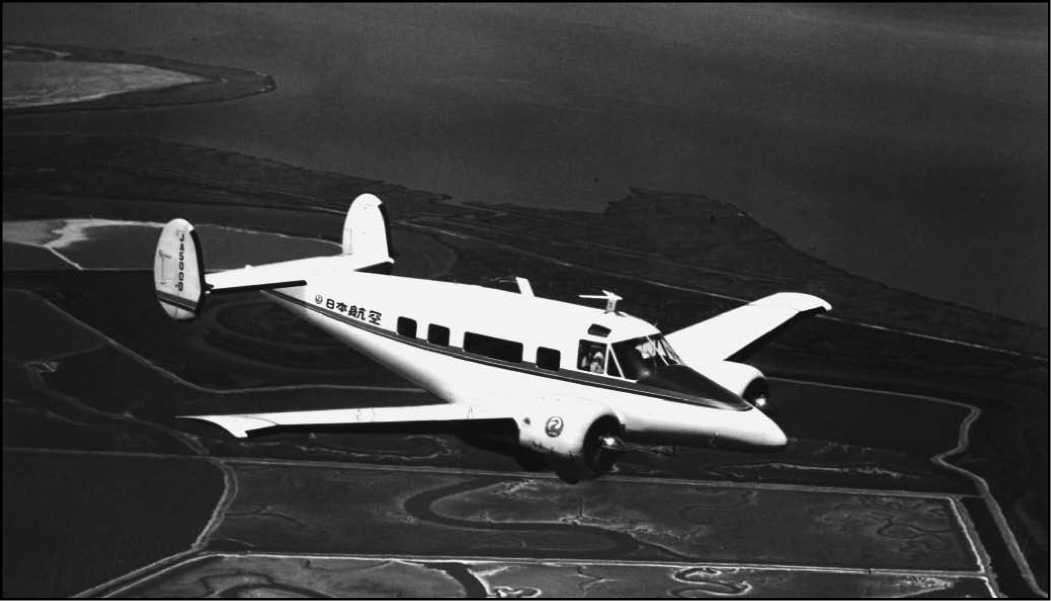
Japan Air Lines Company, Ltd. (2) employed three Beech 18 trainers during the 1960s. Courtesy Beechcraft division, Raytheon Corporation.
Founded at Long Beach in 1980, Jet America began service with a pair of McDonnell Douglas MD-82s on November 16, 1981 over a single route to Chicago (ORD). Photo 21-13132. Courtesy jet America.
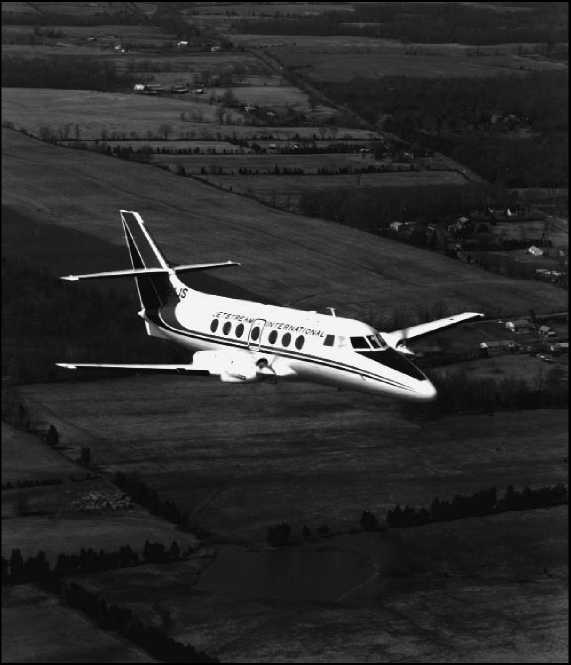
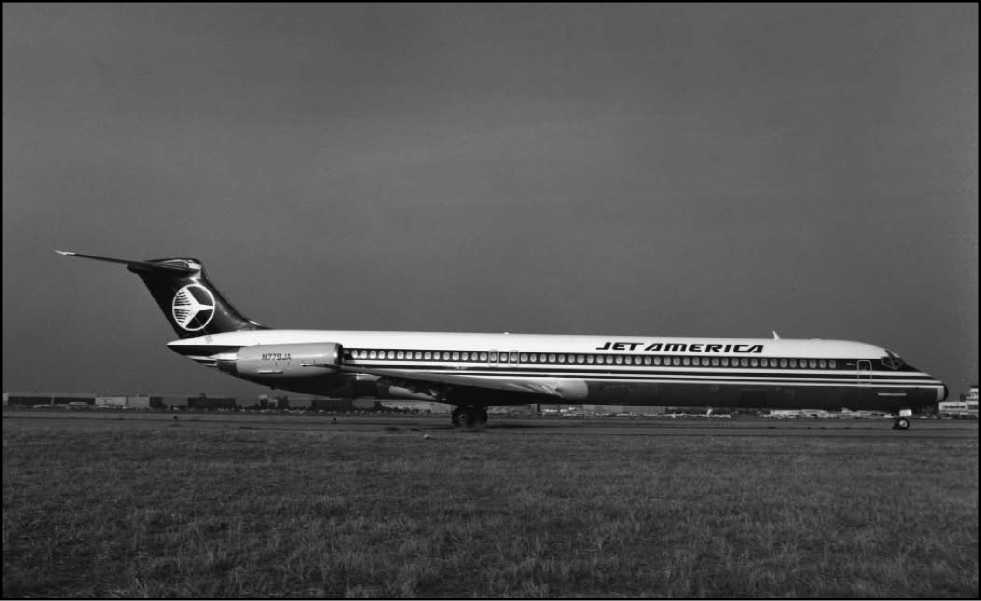
Founded by V. Neal Frey as Vee Neal Airlines at Latrobe, Pennsylvania in 1980, this small regional, in celebration of its dream and its acquisition of British Aerospace BAe Jetstream 31 turboprops, changed its name on December 1, 1983 to Jetstream International Airlines. To keep alive the name of another USAir acquisition, Jetstream was renamed PSA (for Pacific Southwest Airlines) Airlines in November 1995. Photo M228. Courtesy British Aerospace.
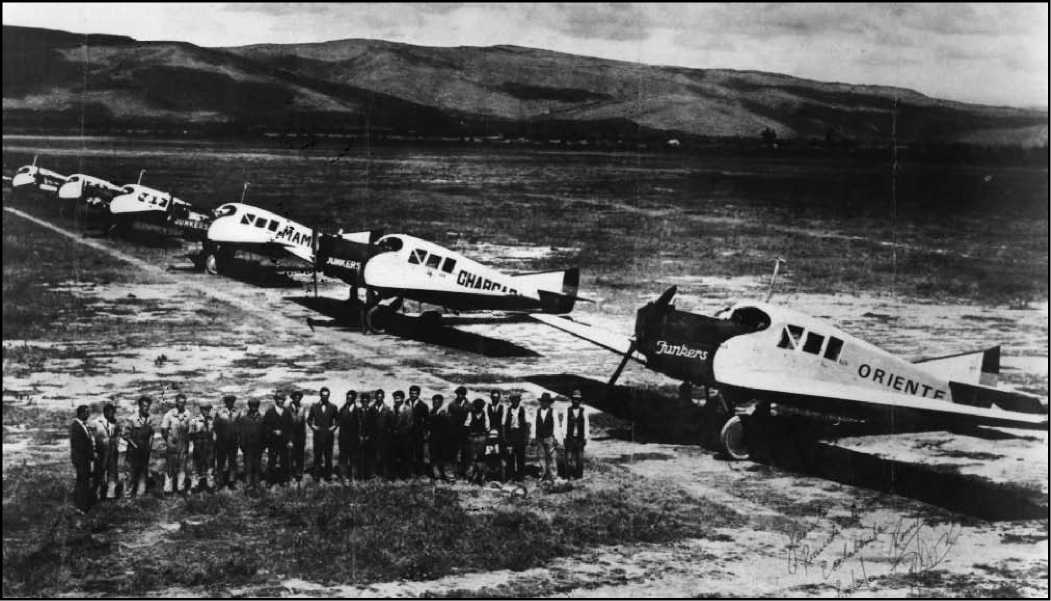
Lloyd Aero Boliviano, S. A. (LAB) is one of the oldest names in South American commercial aviation and was originally outfitted with a fleet of German aircraft. Courtesy Deutsche Lufthansa, A. G.
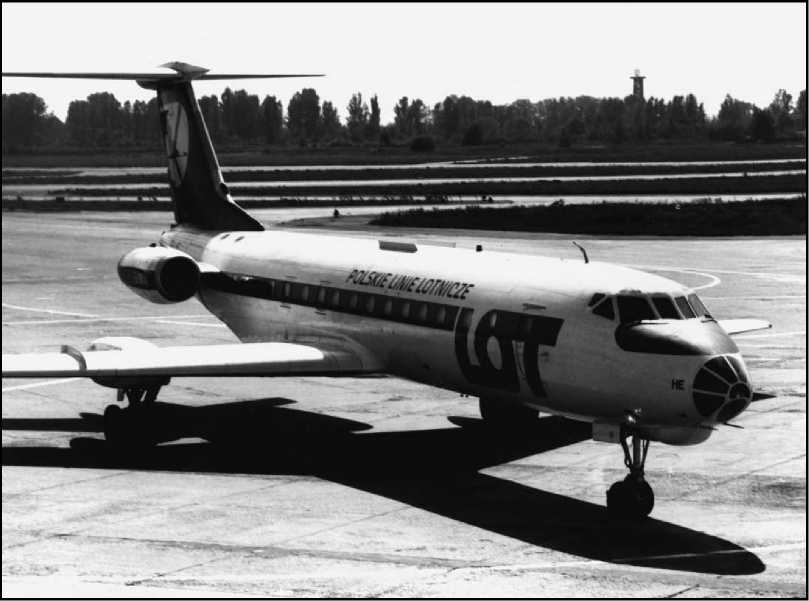
LOT Polish Airlines, S. A. withdrew its last Tupulov Tu-134As during 1995. Courtesy LOT Polish Airlines, S. A.
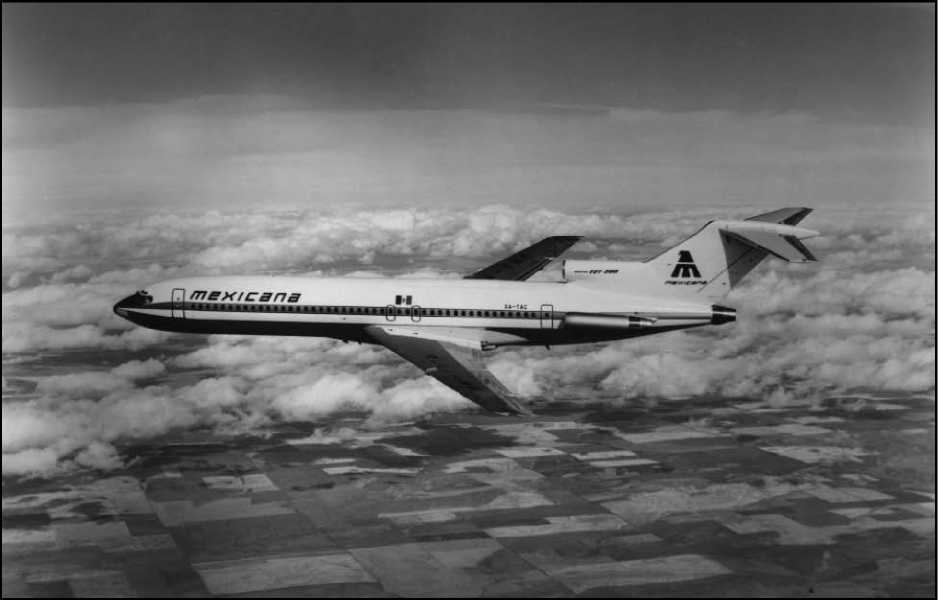
For years, Mexicana Airlines, S. A. de C. V. operated the largest fleet of Boeing 727-200s outside of the U. S. Courtesy Mexicana Airlines, S. A. de C. V.
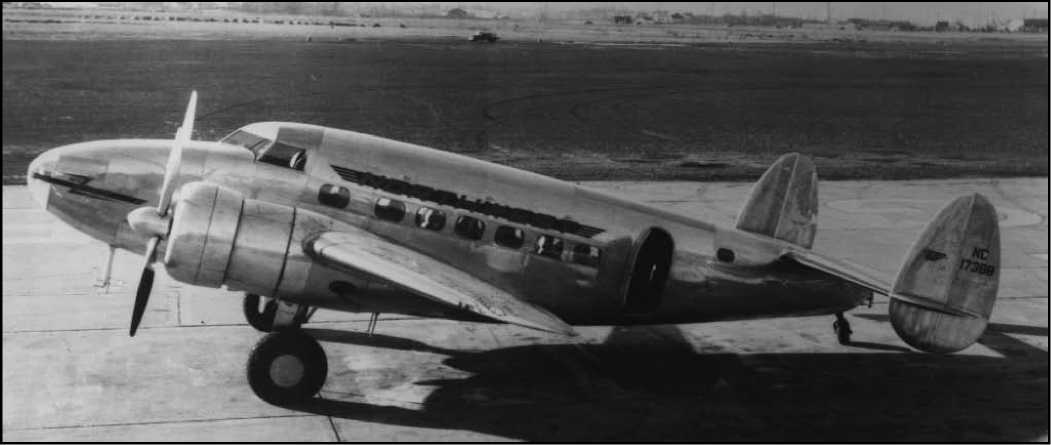
Northwest Airlines introduced Lockheed 14 service in September 1937. The aircraft were marketed as Sky Zephyrs. SI 86-12049. Courtesy Smithsonian Institution.
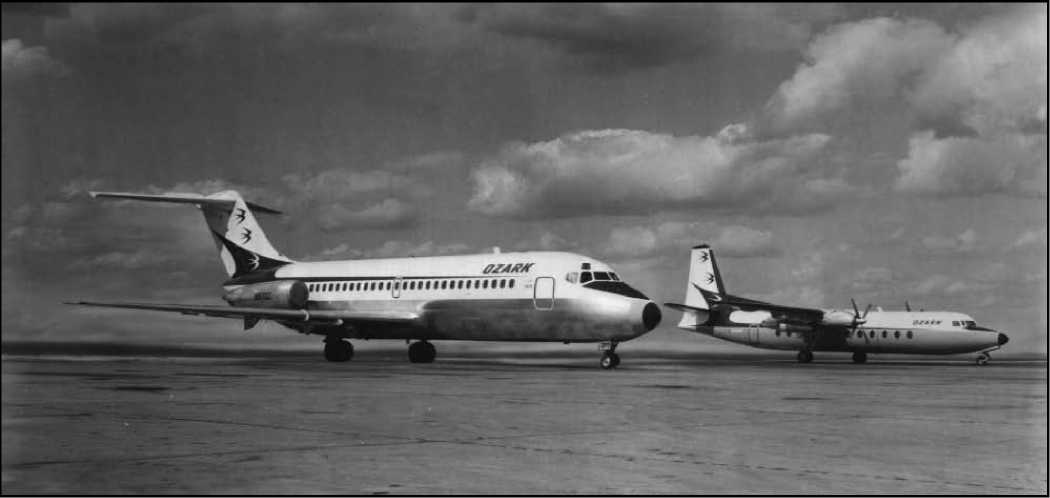
Shown with a company DC-9 is one of Ozark's Fairchild-Hiller FH-227s, a stretched Fokker Friendship. Courtesy Ozark Air Lines.
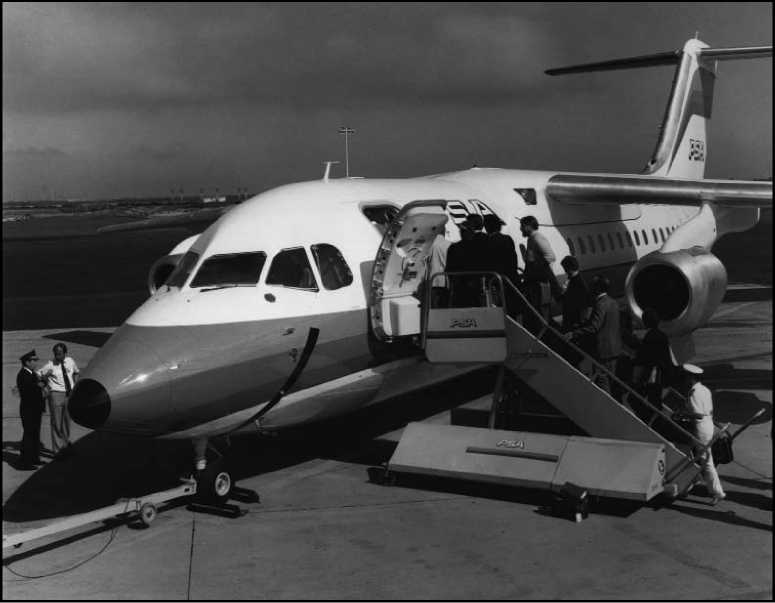
The boarding of the inaugural Pacific Southwest Airlines (PSA) flight from Oakland to Burbank, California, on June 20, 1984. Courtesy British Aerospace.
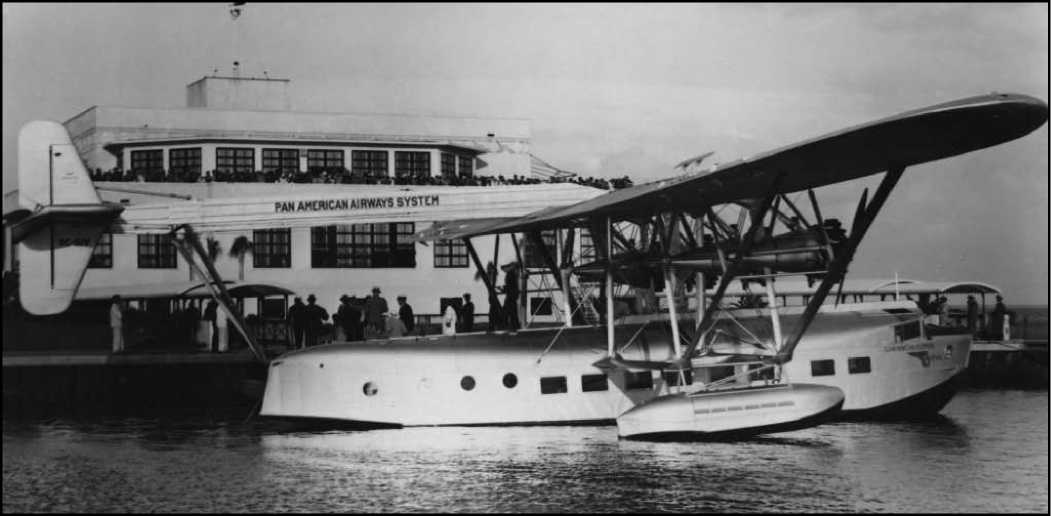
Passengers at Miami depart the Pan Am Sikorsky S-40 Caribbean Clipper. A giant of the day, the Sikorsky could seat 40 passengers. Courtesy Pan American World Airways.
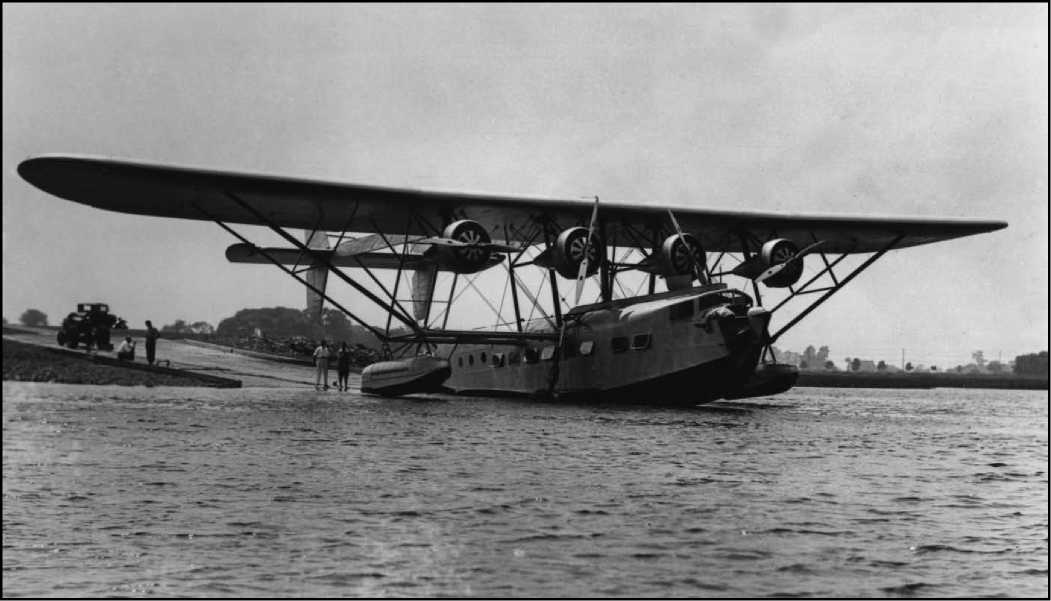
This unidentifiable Pan American Airways (PAA) Sikorsky S-40 was photographed in the water shortly after a launching, with the gentlemen on the ramp giving an idea of the aircraft's size. Notice the open windows on the starboard side of the fuselage. AS-43. Courtesy United Technologies Corporation.
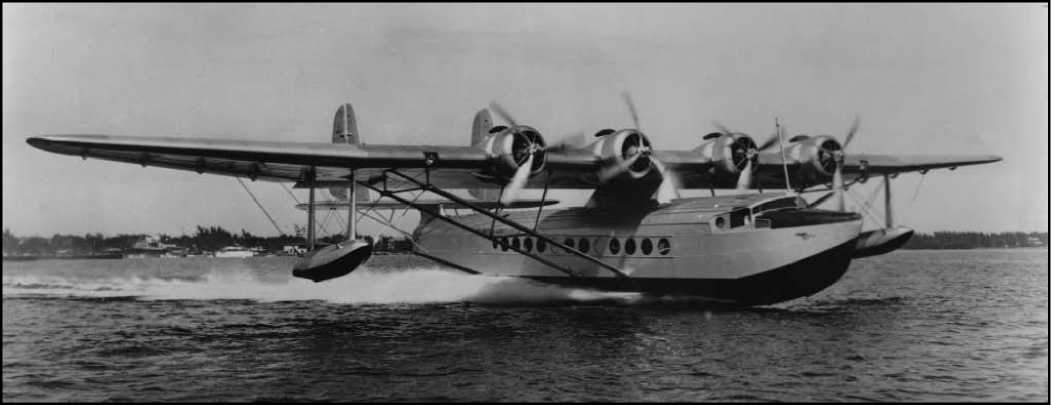
The Sikorsky S-42 began scheduled Miami-to-Rio service on August 16, 1934. Courtesy Pan American World Airways.
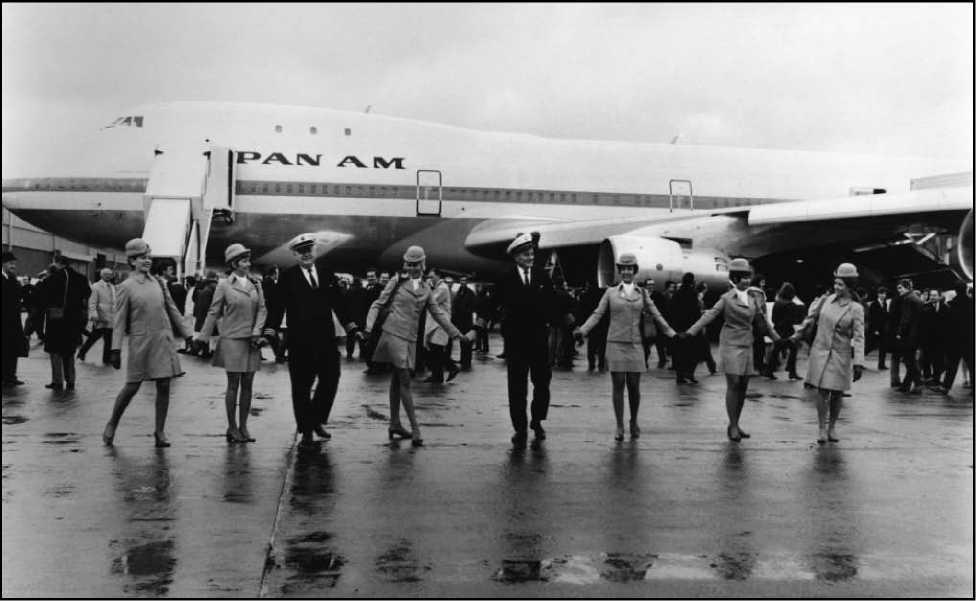
The Pan American World Airways (1) Boeing 747-121 Clipper Young America inaugurated New York to London service on January 22, 1970, a fact celebrated by the aircraft's pilots and flight attendants in this photograph. Courtesy Pan American World Airways.
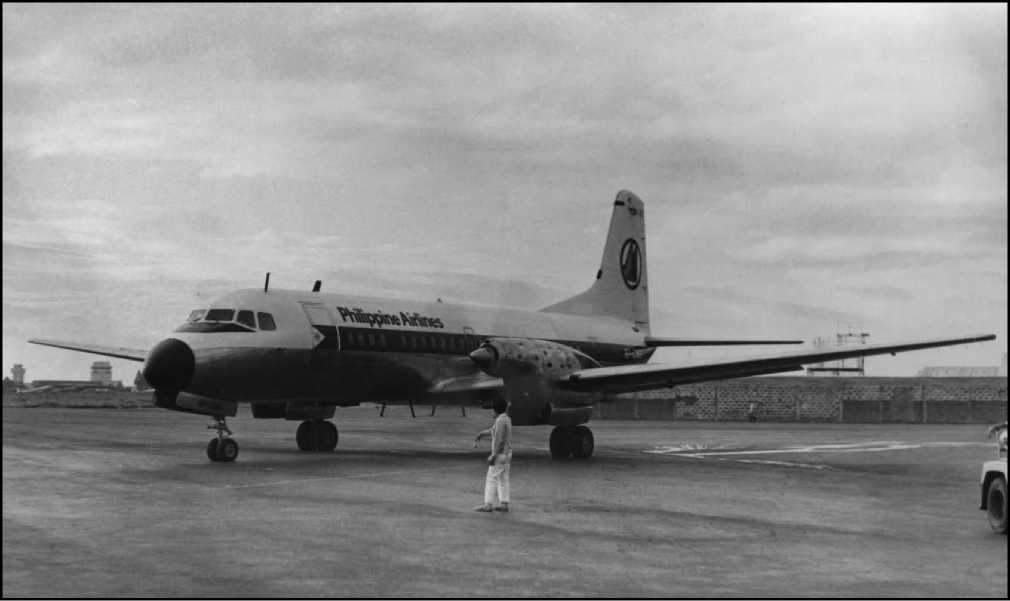
Philippine Airlines retired its last Nihon YS-11A on November 20, 1984. Courtesy Philippine Airlines.
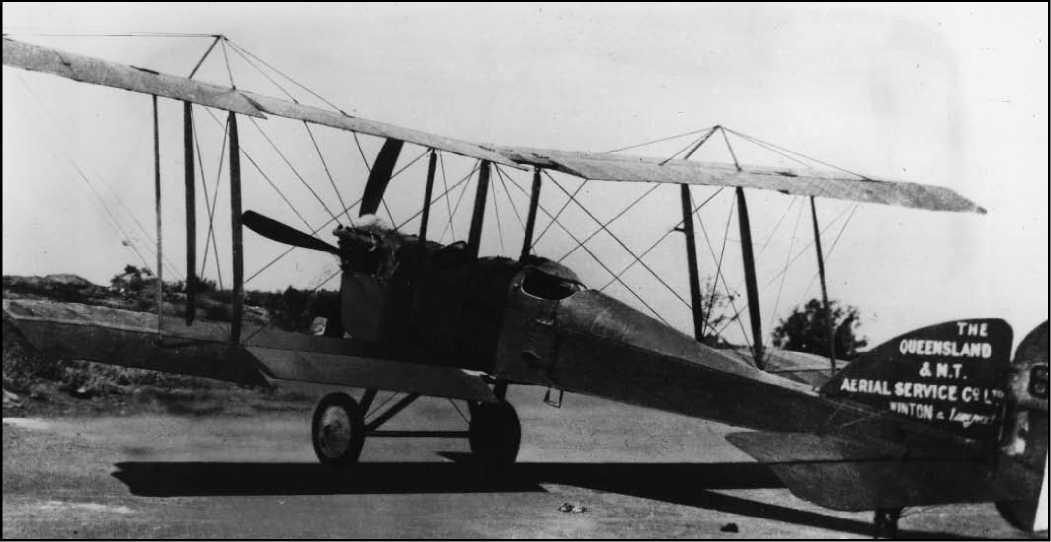
The second aircraft owned by Qantas was this war-surplus Bristol BE-2E. Courtesy Qantas Airways (Pty.), Ltd.
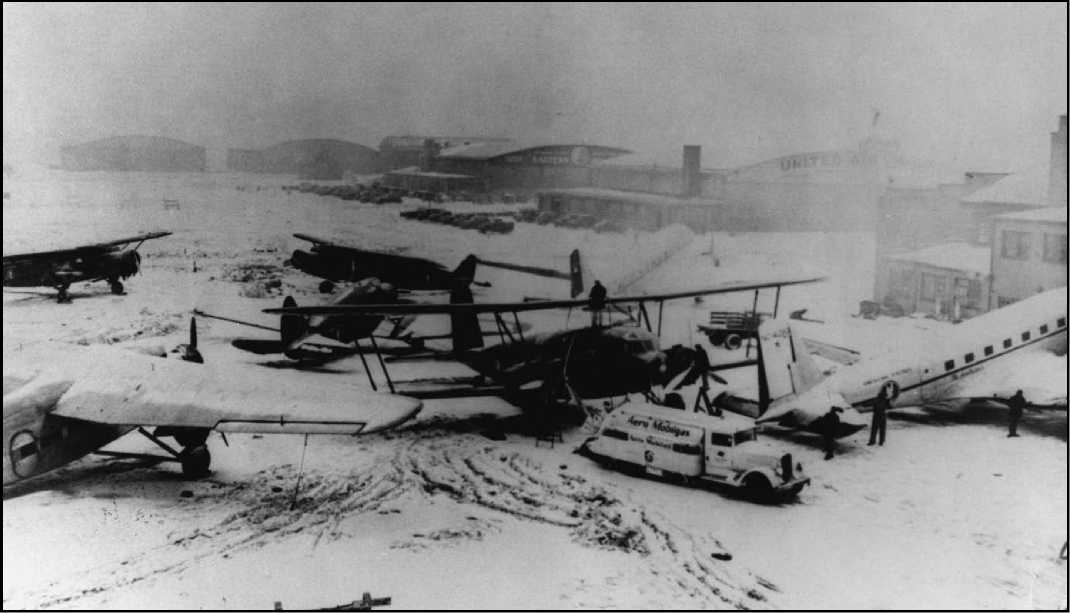
This remarkable photograph of diverse American Airlines fleet elements gathered in the snow in the winter of 1934-1935. Aircraft pictured are Stinson Model U (top left); Fort 5-AT (bottom left); Stinson Model U (top center); Stinson Model 1 (middle center); Curtiss CO-32 Condor II (bottom center); Douglas DC-2 (center right). Courtesy of American Airlines.
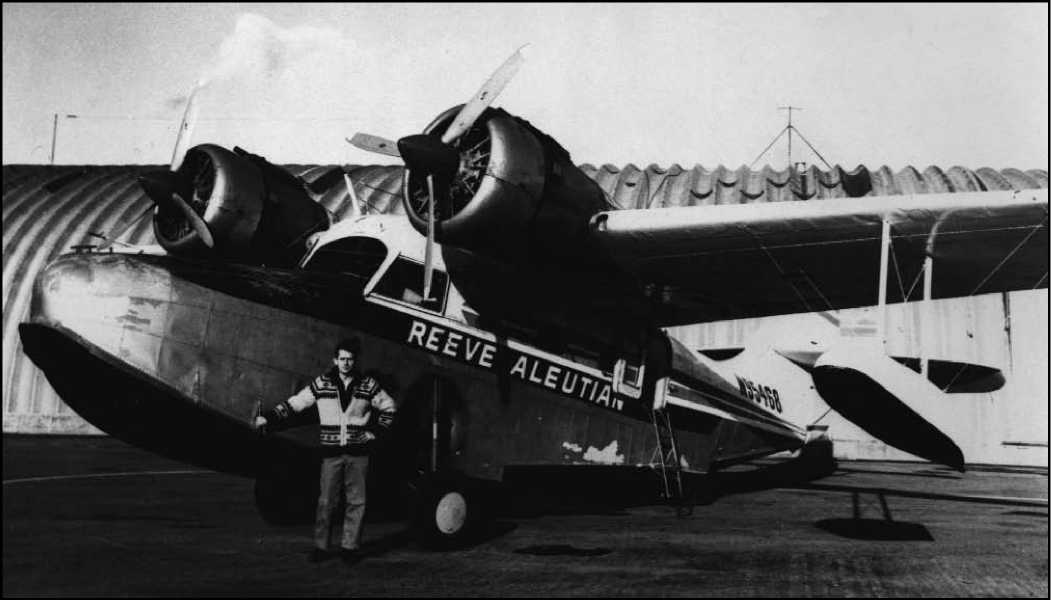
This Reeve Aleutian Airways Grumman G-21 Goose was photographed at Cold Bay in 1972. Courtesy Reeve Aleutian Airways.
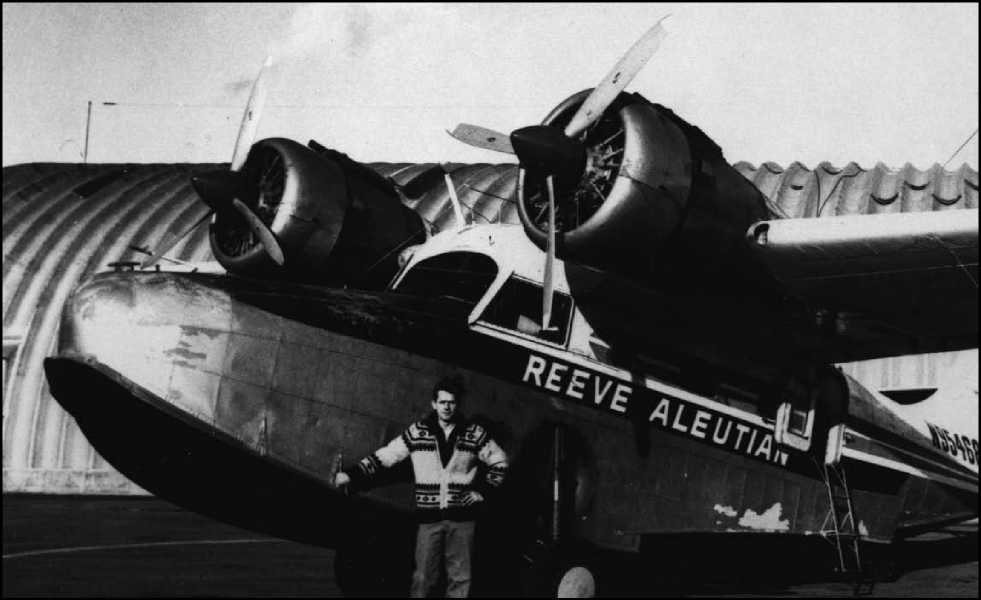
The fleet of PT Sempati Airlines was increased in August 1993 through the addition of three leased Airbus Industrie A300B4s, formerly operated by Pan American World Airways (1). Courtesy Airbus Industrie, via British Aerospace.
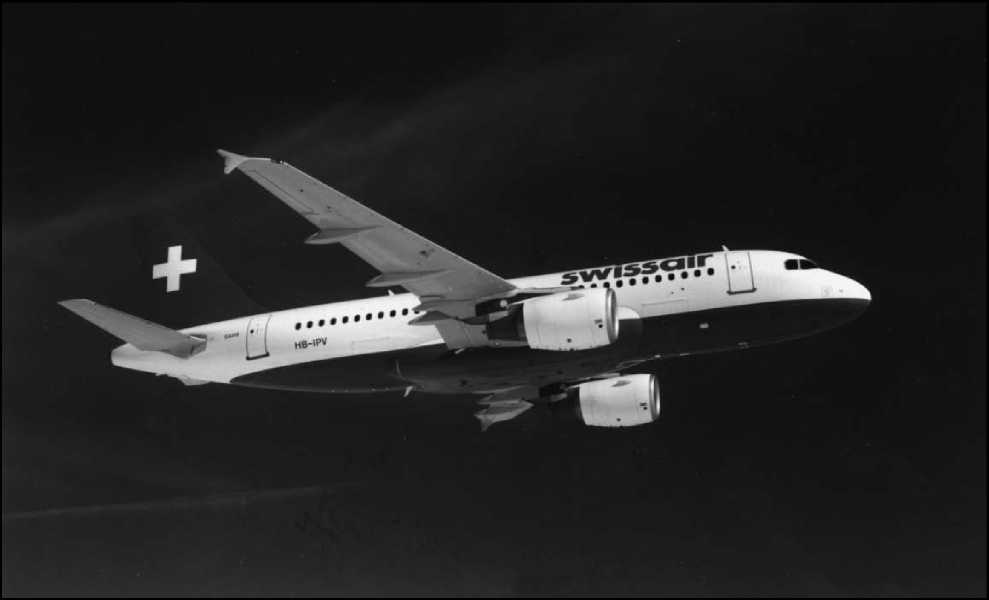
The type's launch customer, Swissair, A. G. received the first two A319-112s on April 25, 1996. A319SWRE2/E9. Courtesy Airbus Industrie, via British Aerospace.
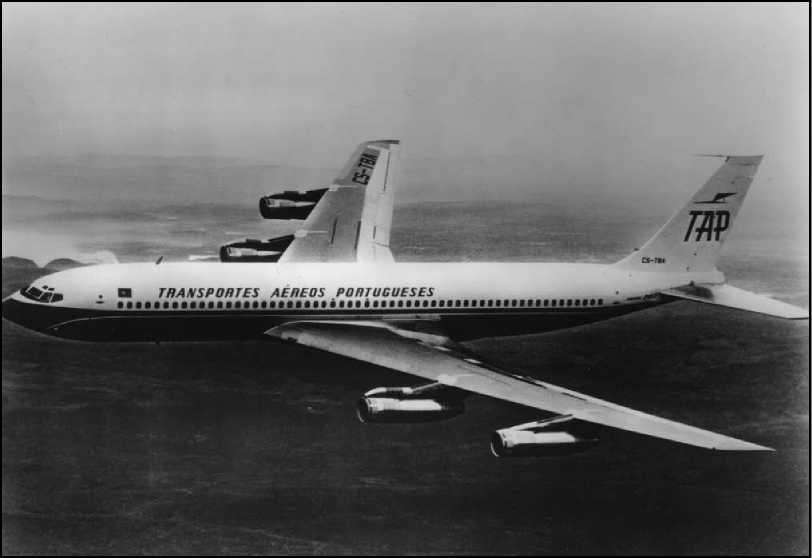
The first B-707-382Bs were delivered to TAP-Air Portugal, S. A., via the Portuguese government, in early 1965 and employed to inaugurate new frequencies to Johannesburg.
Courtesy TAP-Air Portugal, S. A.
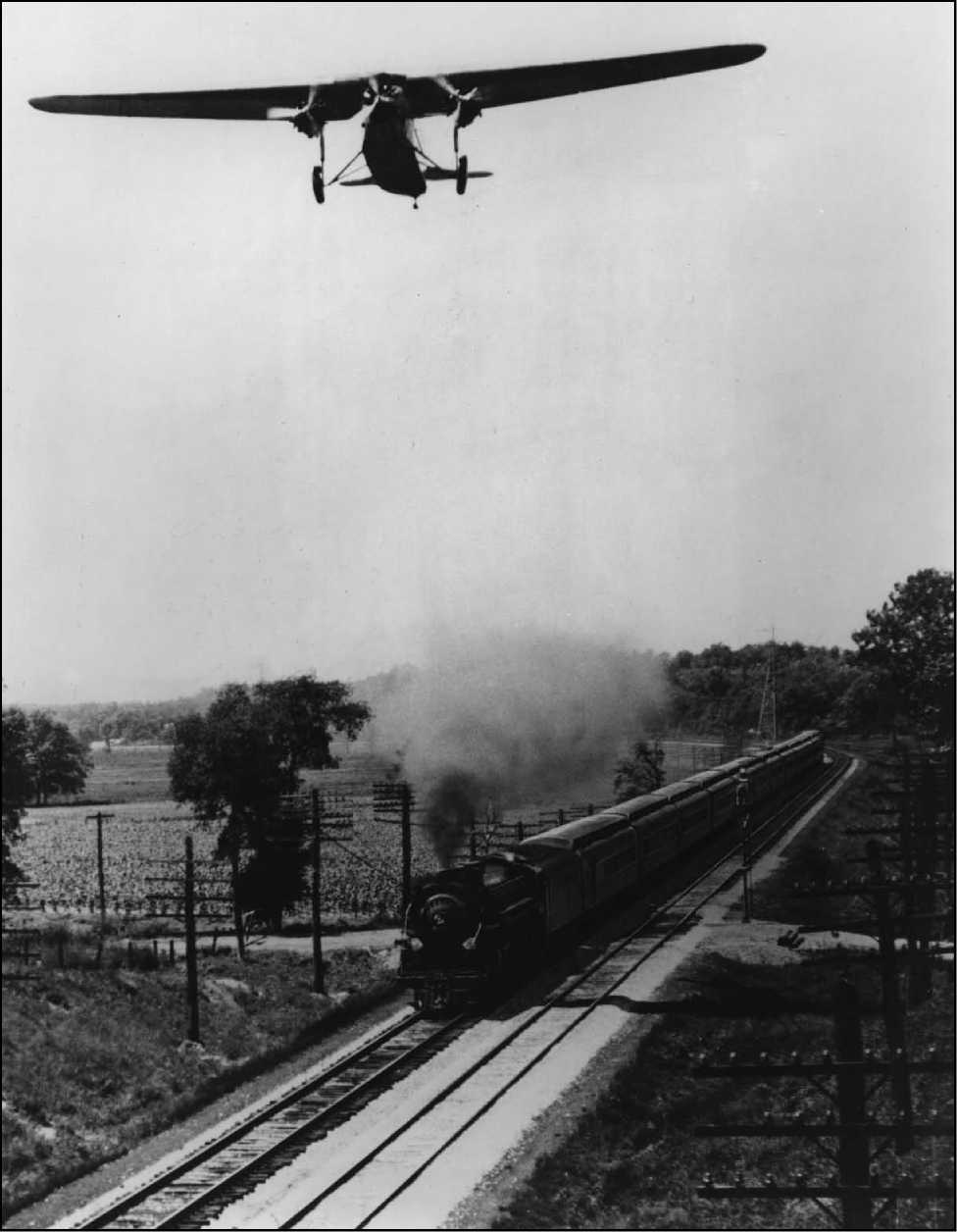
In co-operation with several railroads and other airlines, Standard Airlines was able to introduce transcontinental air-rail service in August 1929. A00257. Courtesy American Airlines.
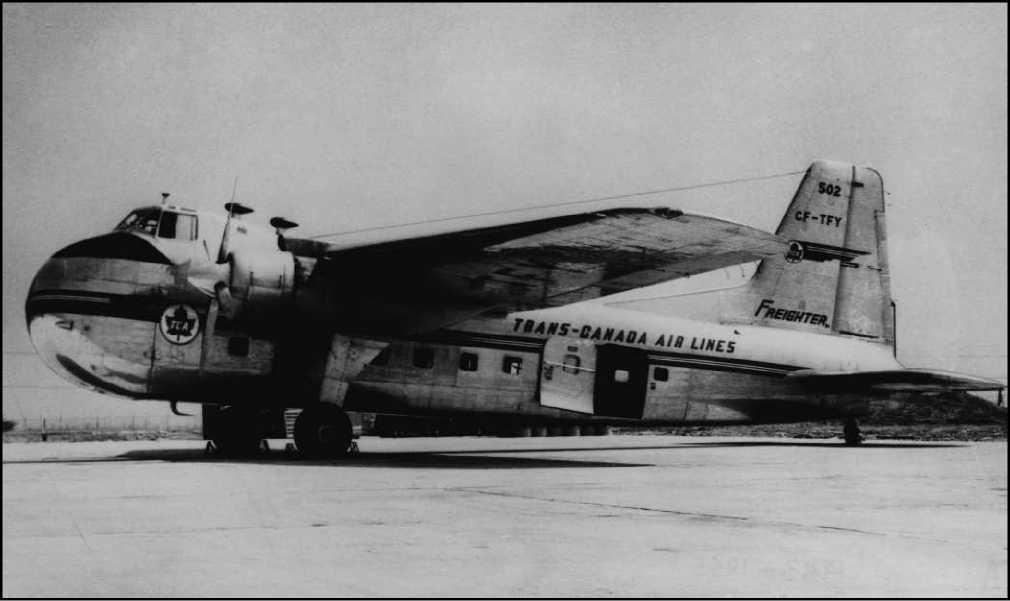
At the end of 1953, three Bristol 170 Mk. 31 Freighters entered service with Trans Canada on all-cargo flights from Montreal and Toronto to New York.
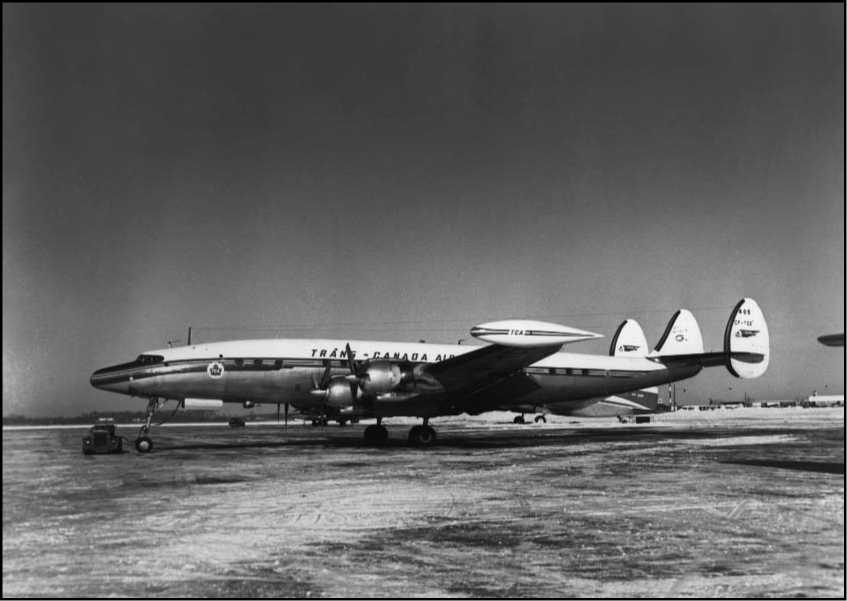
The first of five Lockheed L-1049C Super Constellations were delivered to Trans Canada from March to April of 1954.
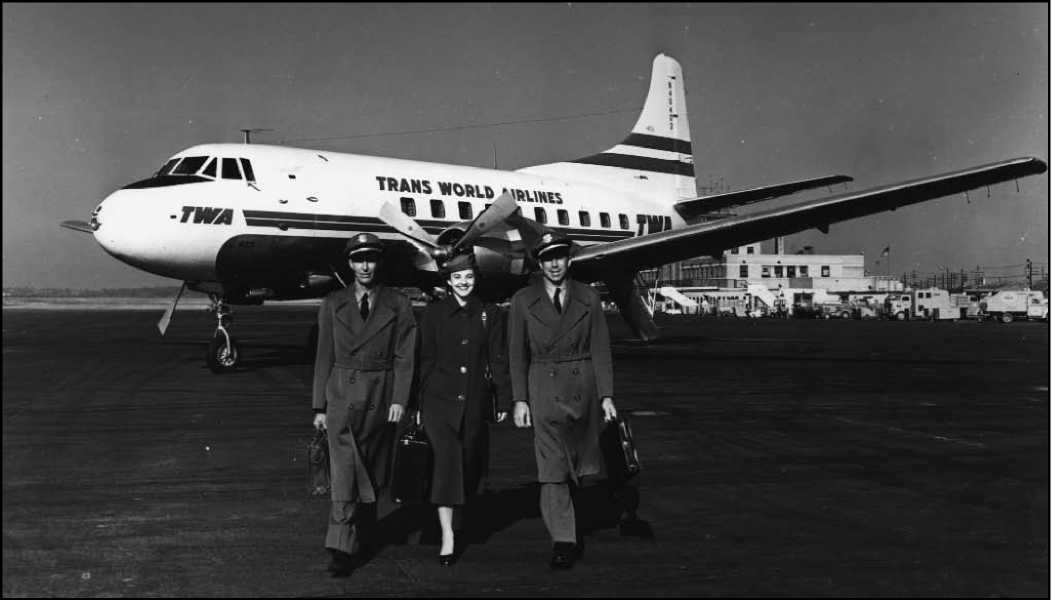
The crew of a TWA Martin 4-0-4 proudly departs after another successful flight. TWA began service with the pressurized Martin in October 1951 and at one time owned some 50 of the type. Courtesy Trans World Airlines (TWA).
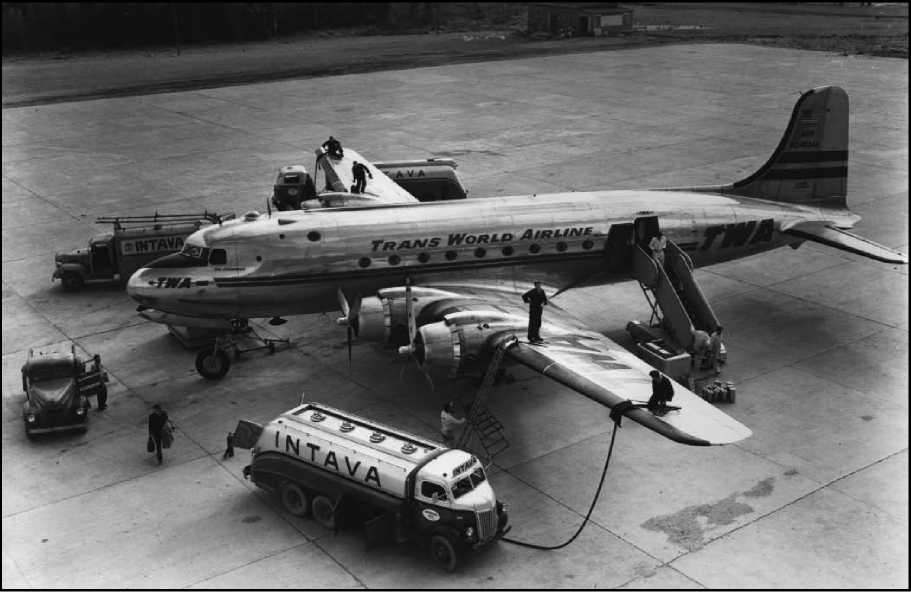
Servicing a TWA DC-4. The carrier's boss, Howard Hughes, preferred to sponsor the Lockheed L-049 Constellation, but allowed purchase of several of these Douglas transports. Courtesy Trans World Airlines (TWA).
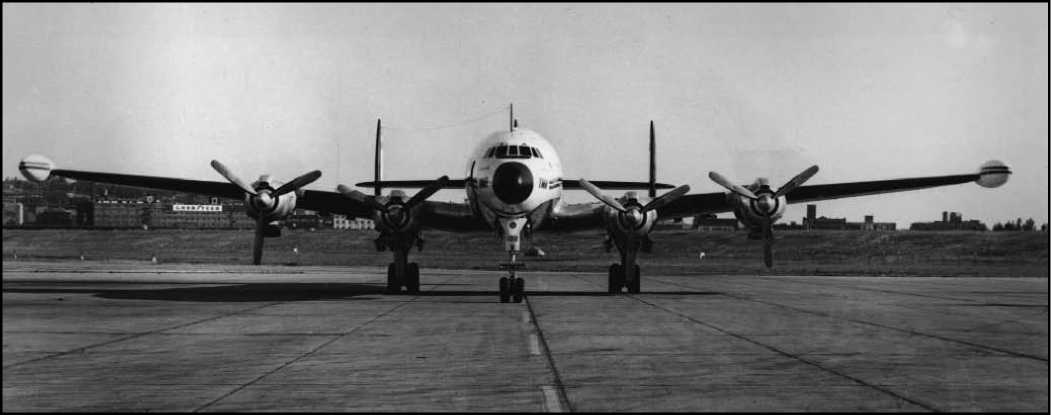
Equipped with wing tanks, the first Trans World Airlines (TWA) Lockheed L-1049G was received on March 14, 1955, and entered revenue service on April 1. Courtesy Trans World Airlines (TWA).
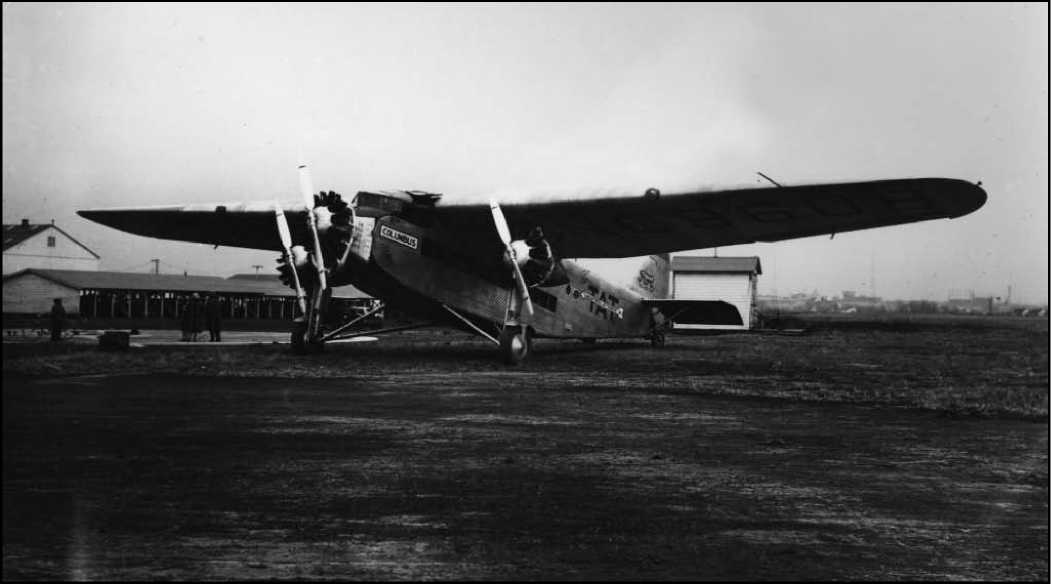
The first Ford TriMotor completed for Transcontinental Air Transport, 5-AT-4, was delivered to TAT Eastern division chief John Collings at Detroit in November 1928 and christened City of Columbus. Flying from its Ohio namesake city, the aircraft will inaugurate the westbound leg of the carrier's transcontinental service on July 8, 1929. Courtesy Trans World Airlines (TWA).
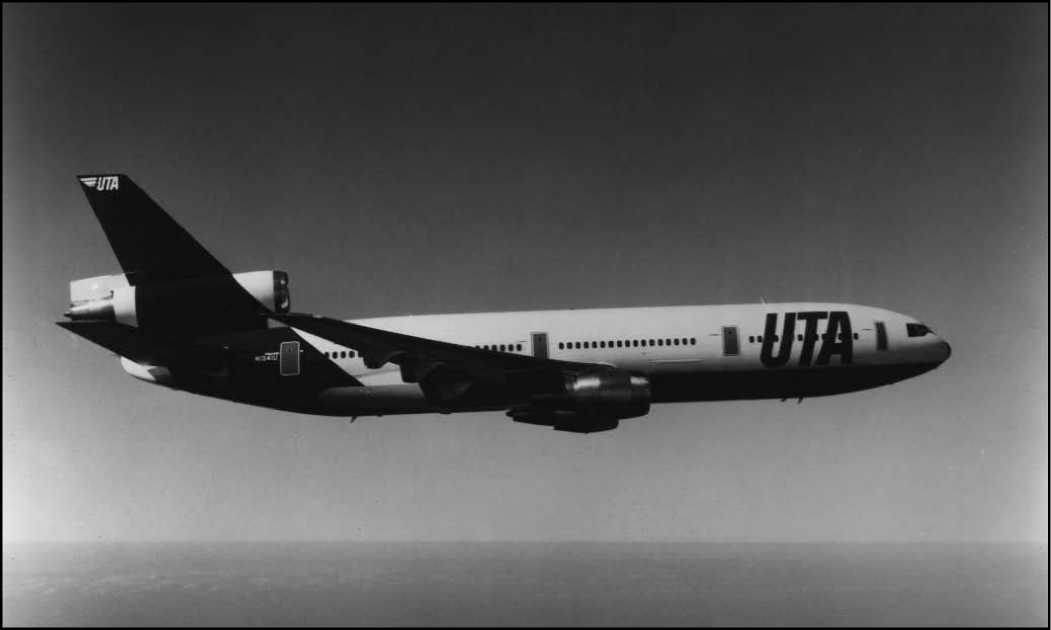
The first of three DC-10-30s delivered to UTA French Airlines, S. A. in 1973 arrives on February 18; all are placed on the company's long-haul routes to the Far East, Australia, the U. S. West Coast, and Africa. Courtesy UTA French Airlines, S. A.
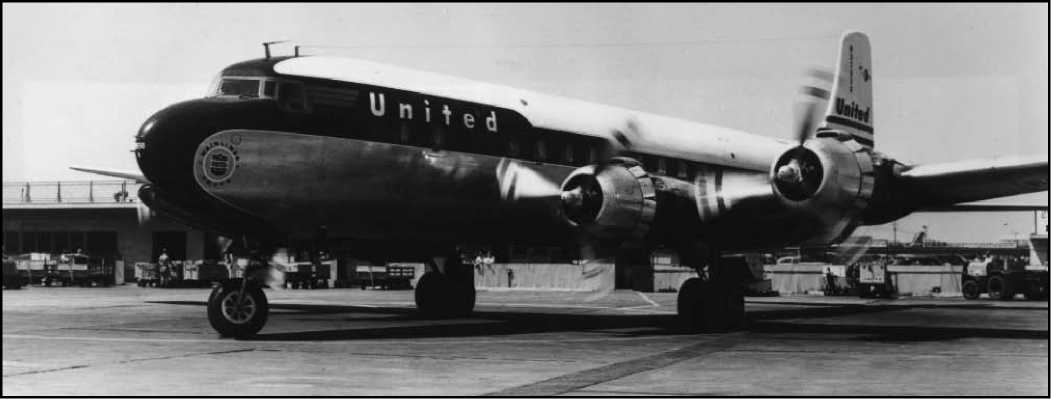
The United Airlines Douglas DC-6 Mainliner Omaha. United began transcontinental DC-6 service in April 1947.
Courtesy United Airlines.
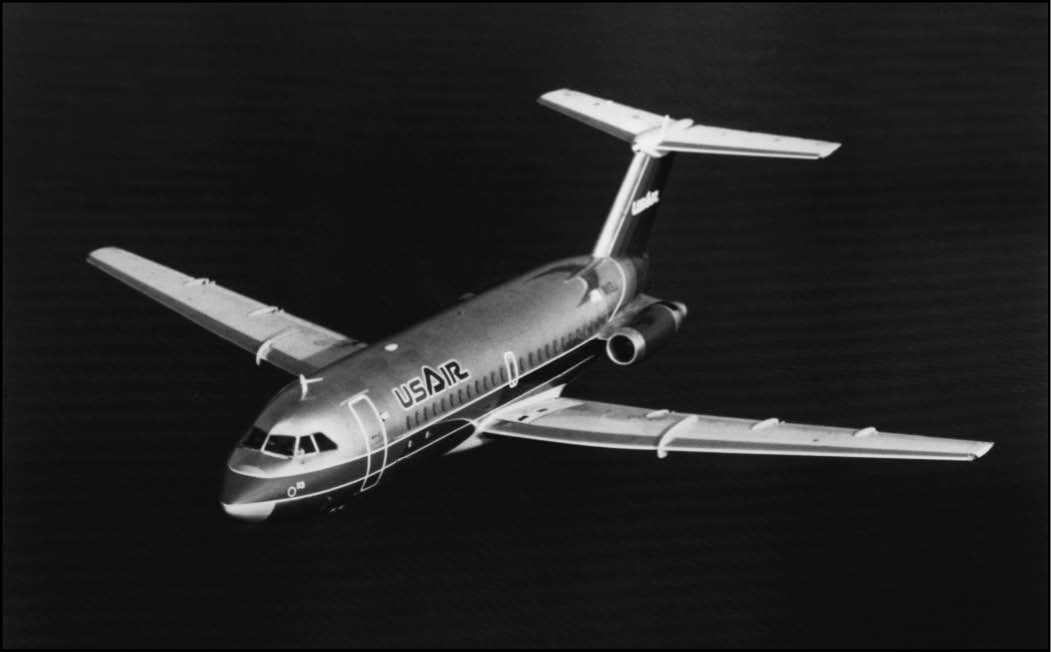
When Allegheny Airlines was reformed into USAir on October 28, 1979, its fleet included 20 BAC 1-11-200s.
Courtesy British Aerospace.
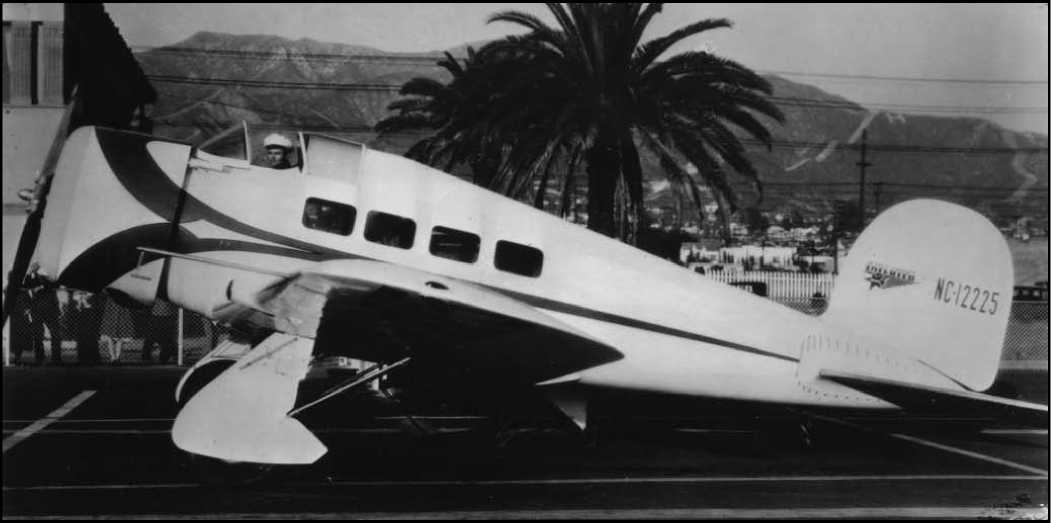
Varney Speed Lines System employed Lockheed Model 9 Orions on a 1 hr., 55 min. scheduled service between San Francisco and Los Angeles in 1931-1932 and reportedly offered to refund passengers $1 for every minute the aircraft was behind schedule. Courtesy Continental Airlines.
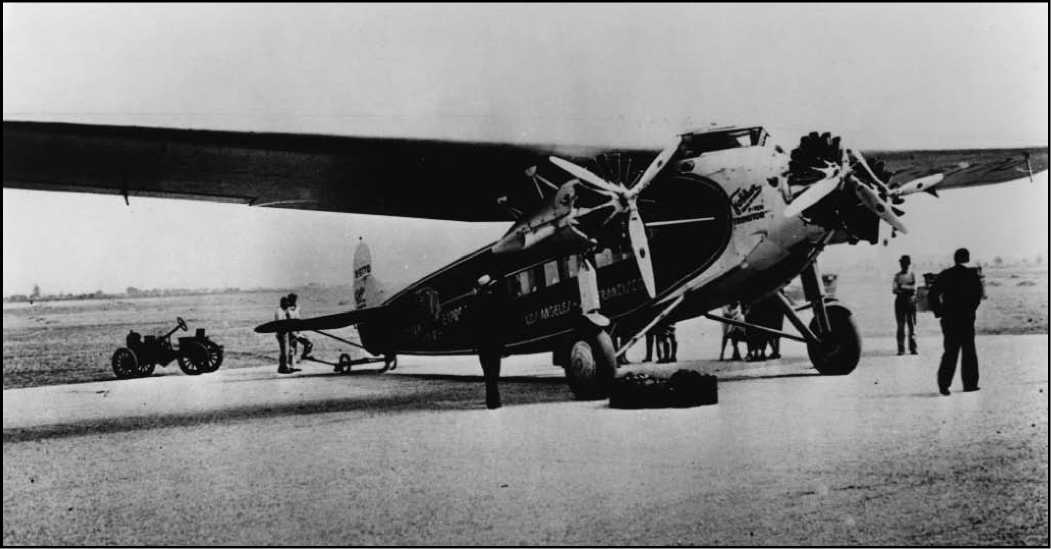
Launch customer for the Fokker F-10 was Western Air Express, which placed its premier unit into service between Los Angeles and San Francisco on May 26, 1928. Note the early service vehicle to the left of the plane's tail.
Courtesy Western Airlines.
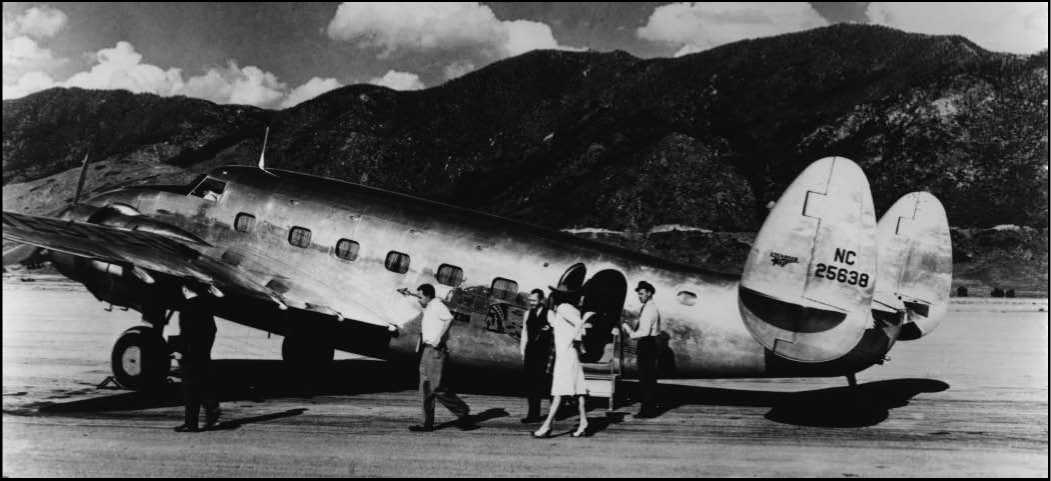
A Western Airlines Lockheed Model 18 Lodestar. After Pearl Harbor, the pioneer carrier was left with only one Lodestar and three DC-3s to service its entire civilian route network, the remainder of its fleet being committed to war work. Courtesy Western Airlines.
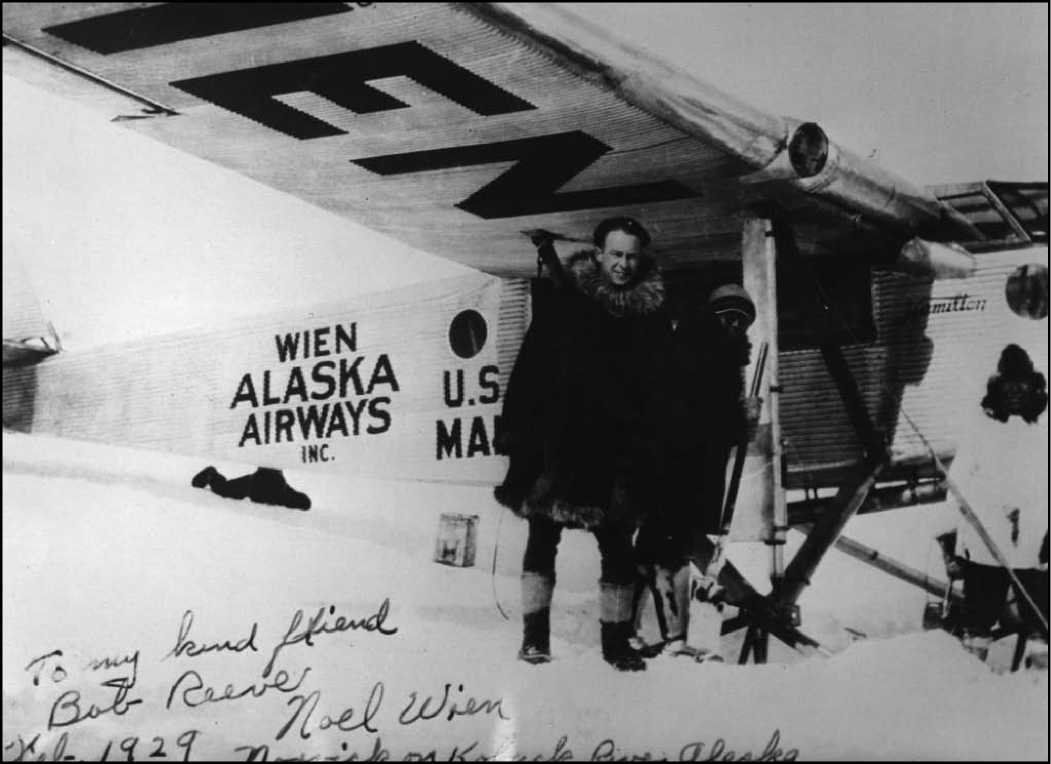
Wien Air Alaska founder Noel Wien next to his Hamilton Metalplane in a February 1929 photograph autographed to fellow Alaskan airline pioneer Bob Reeve, founder of Reeve Aleutian Airways. Courtesy Reeve Aleutian Airways.




 World History
World History
![Black Thursday [Illustrated Edition]](/uploads/posts/2015-05/1432470149_1431513568_003514b1_medium.jpeg)








